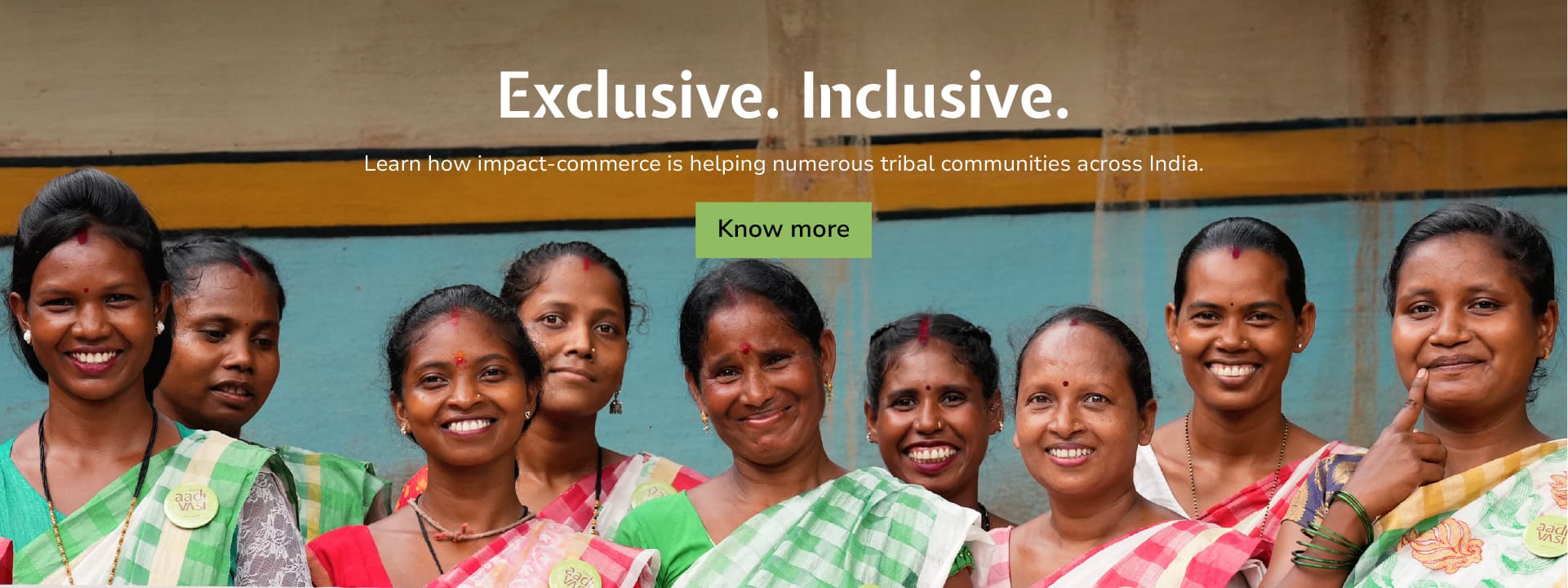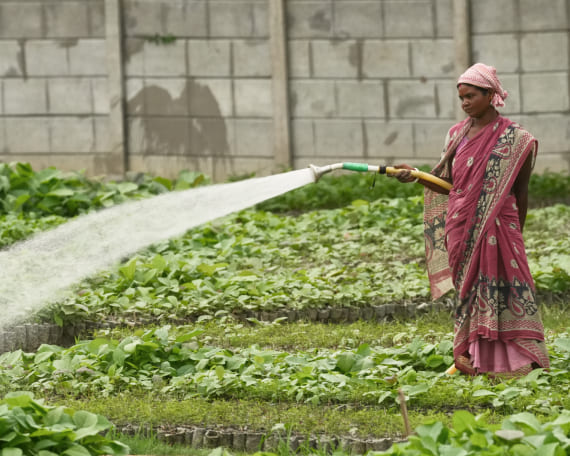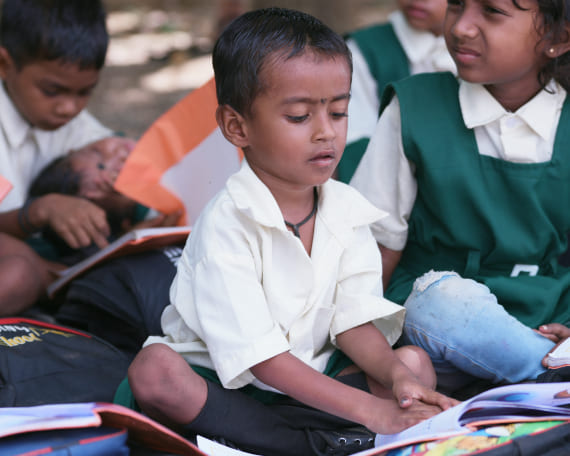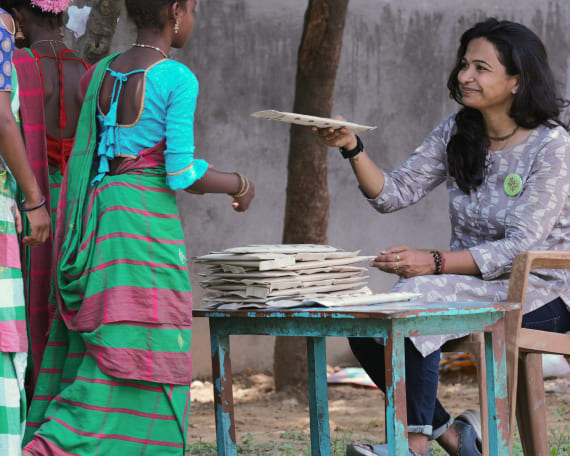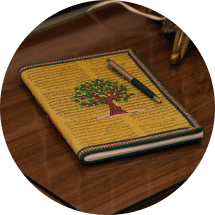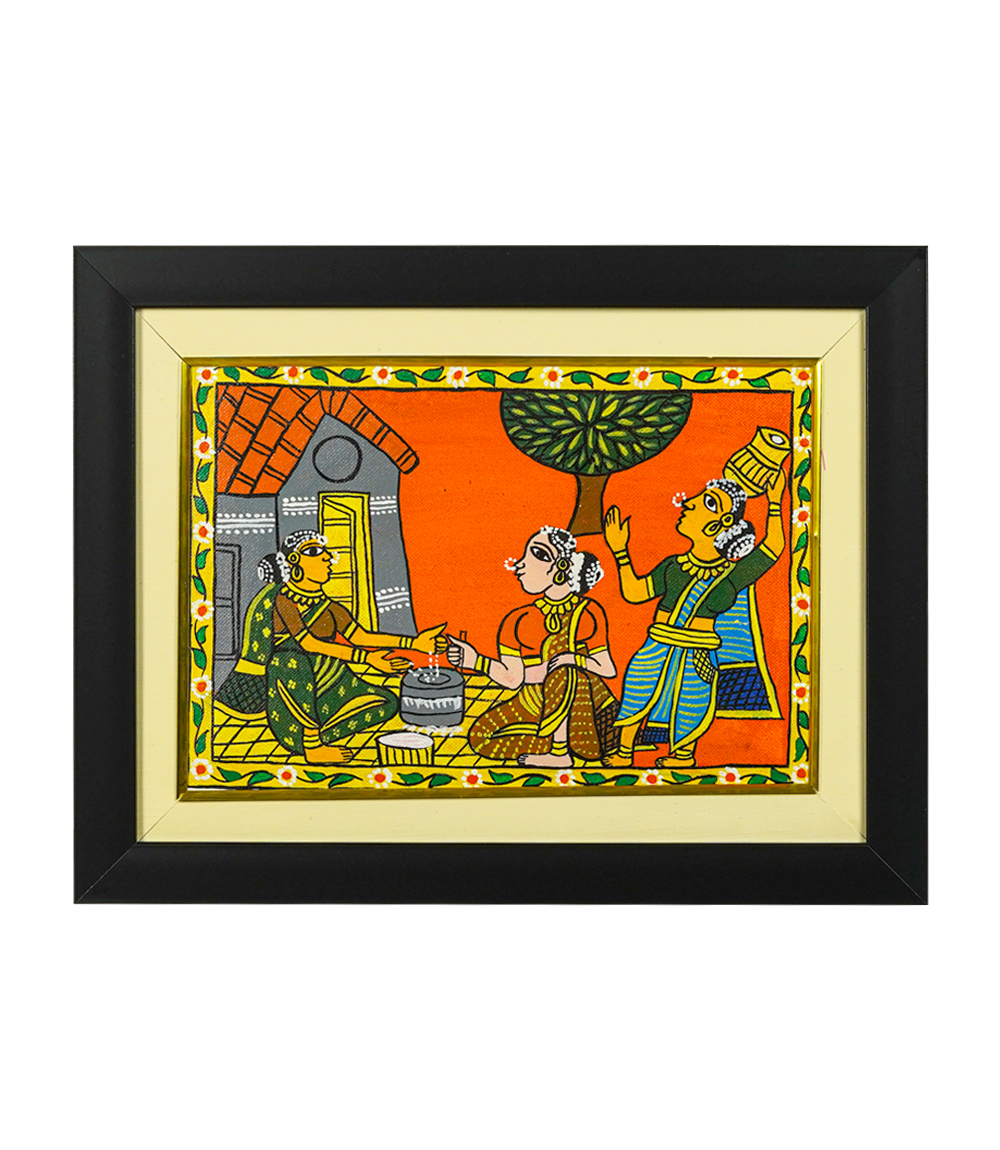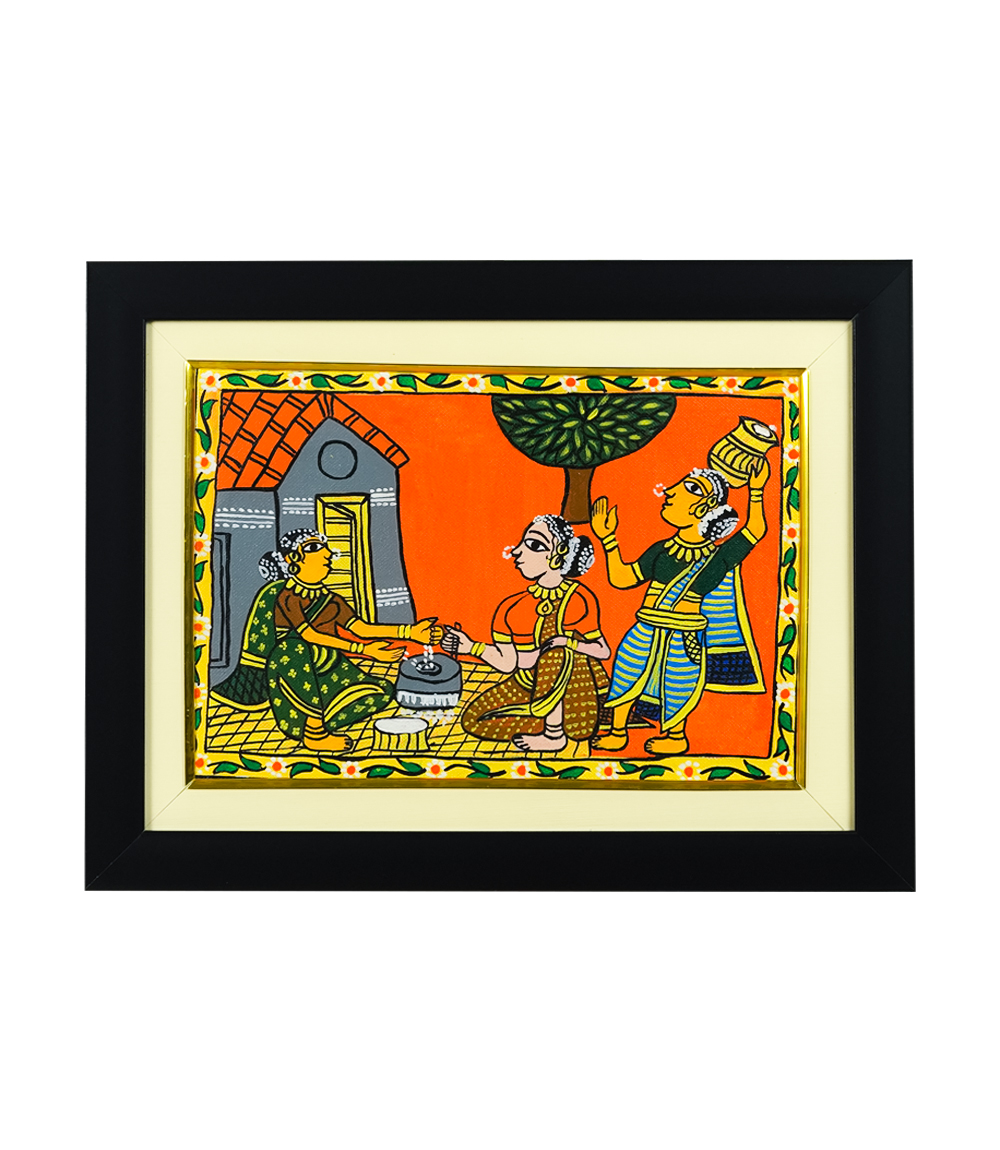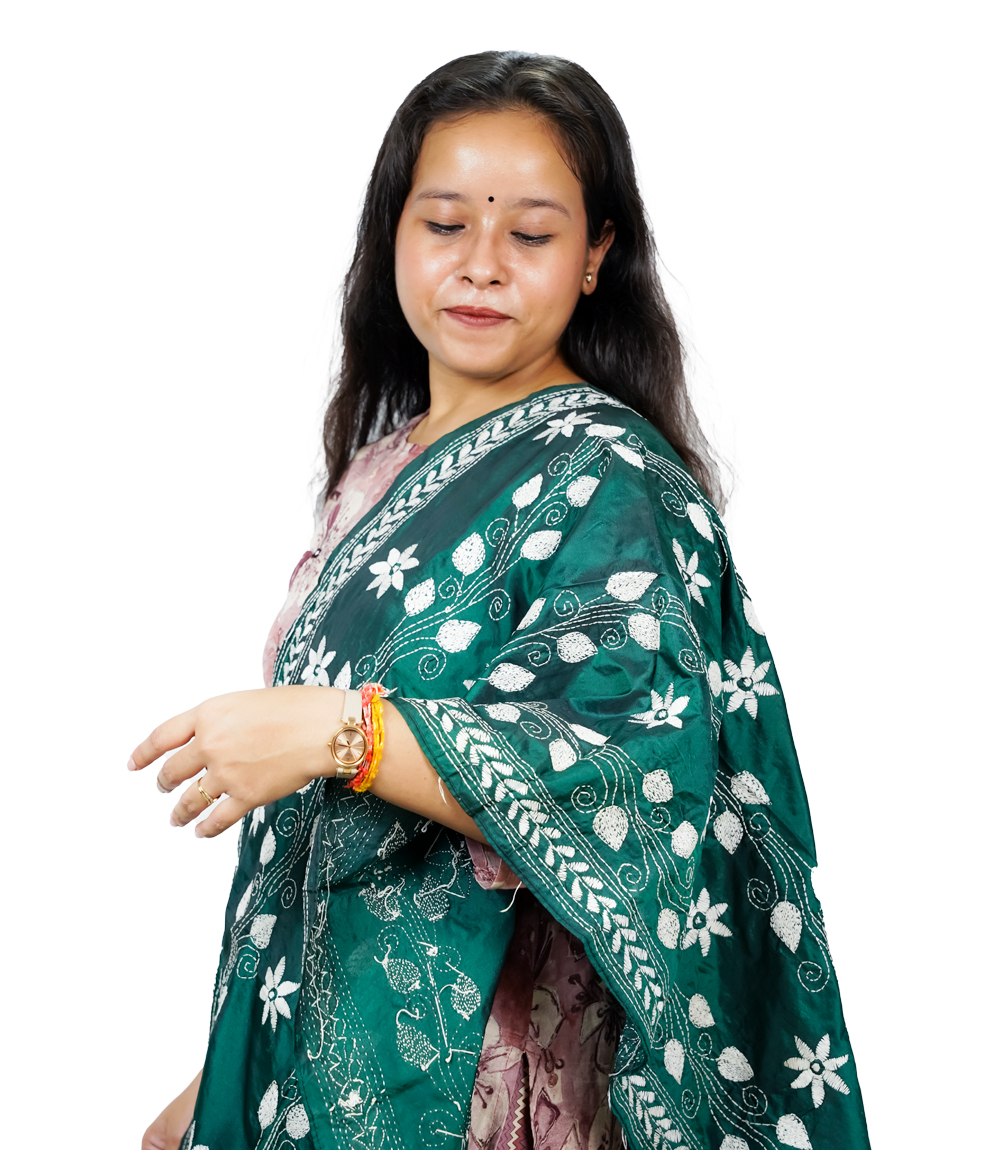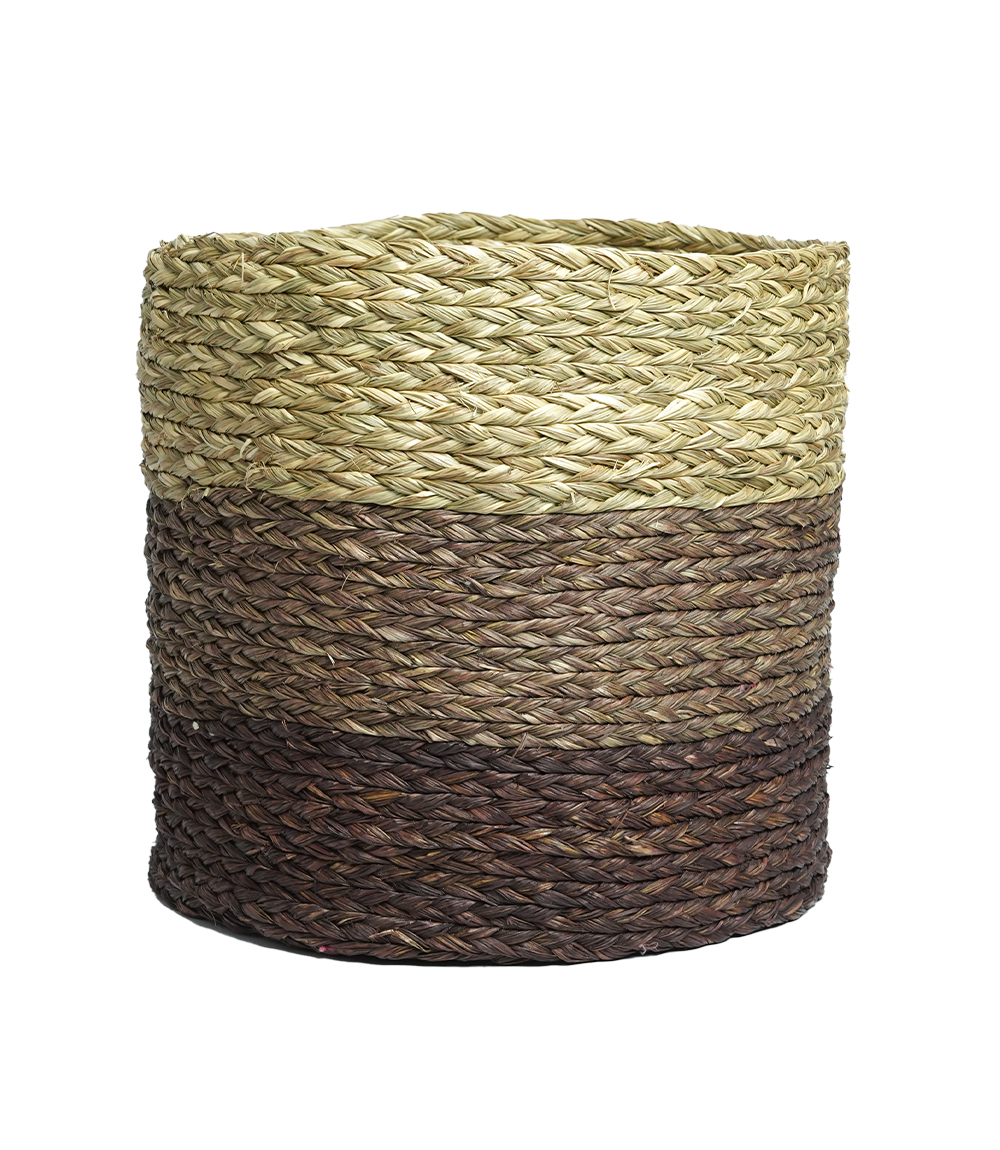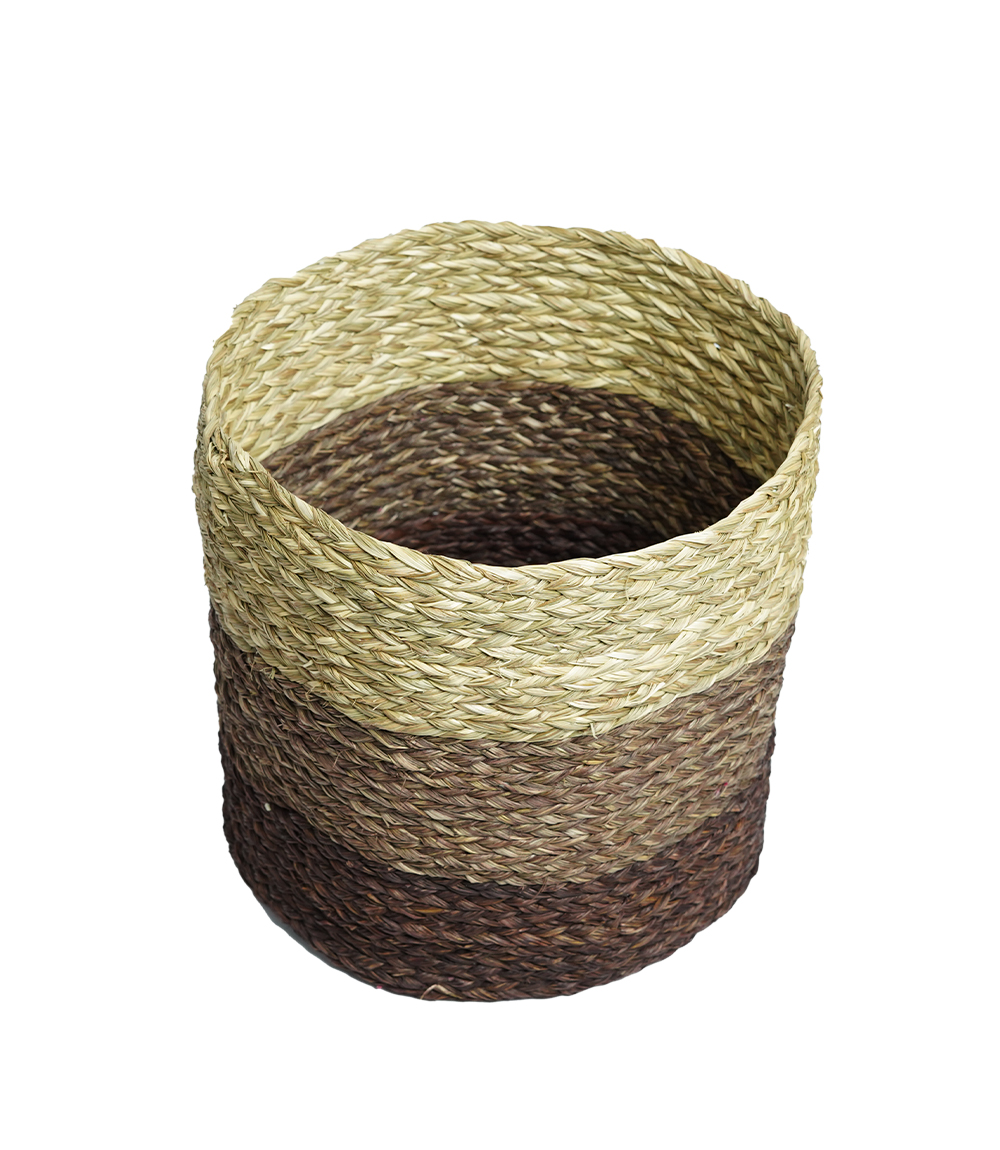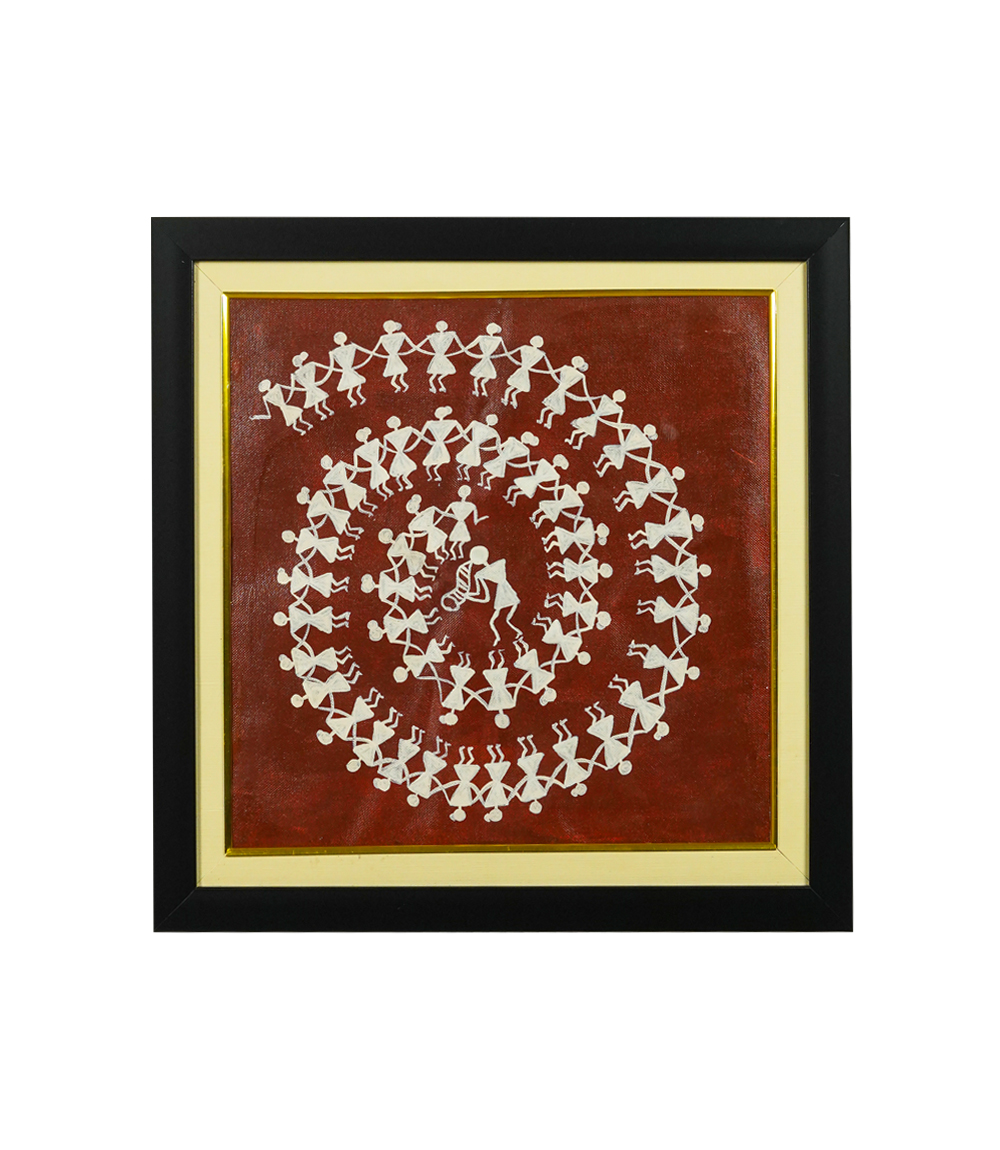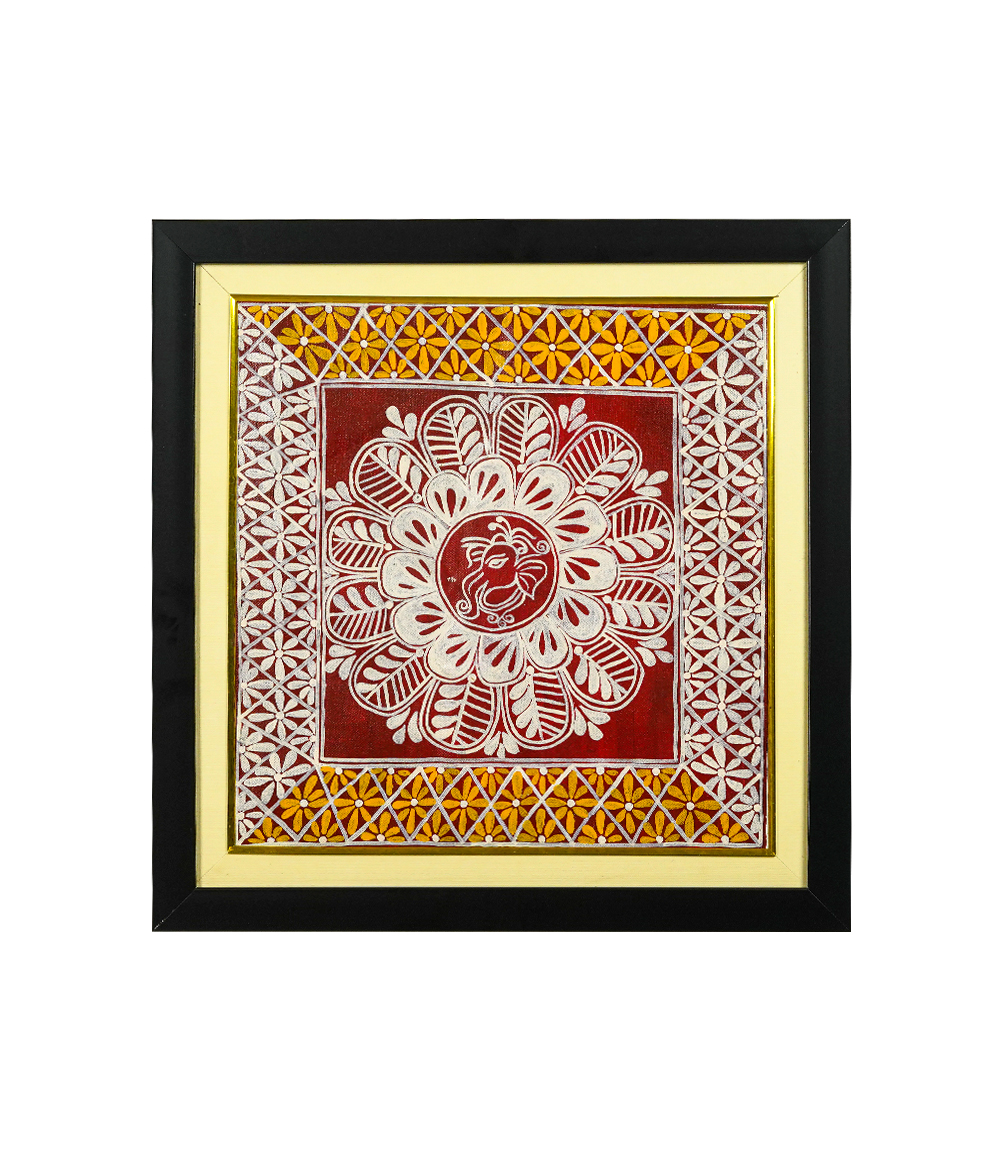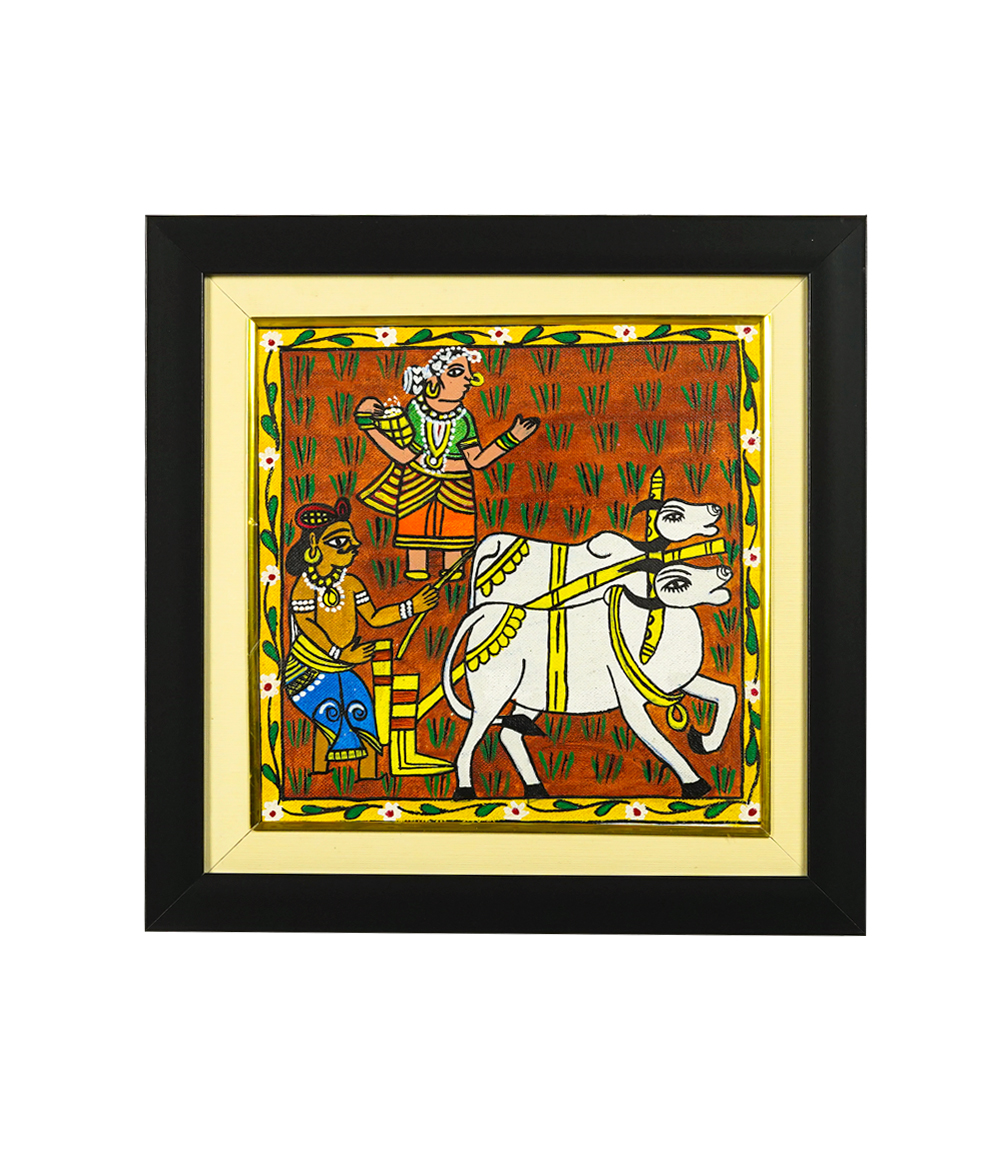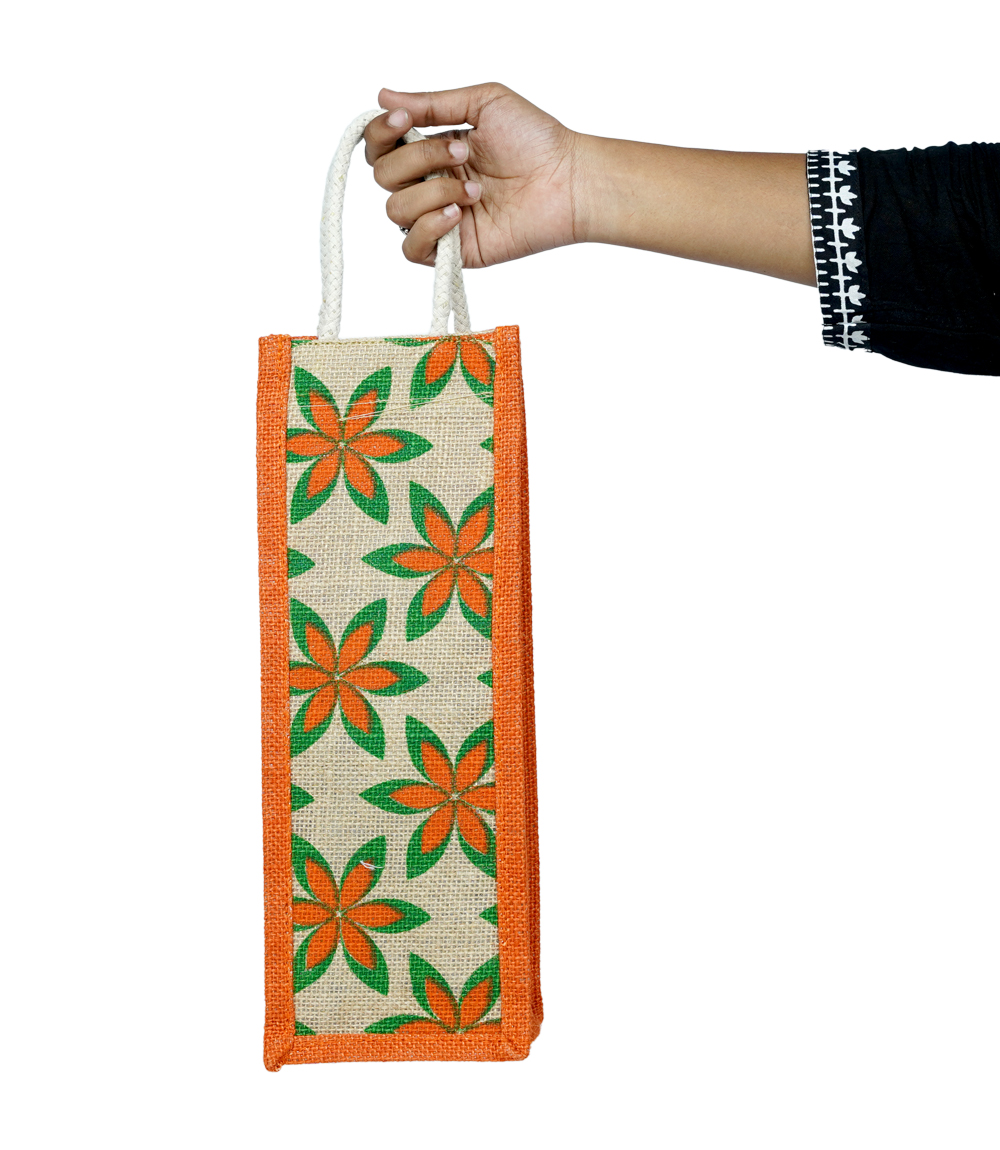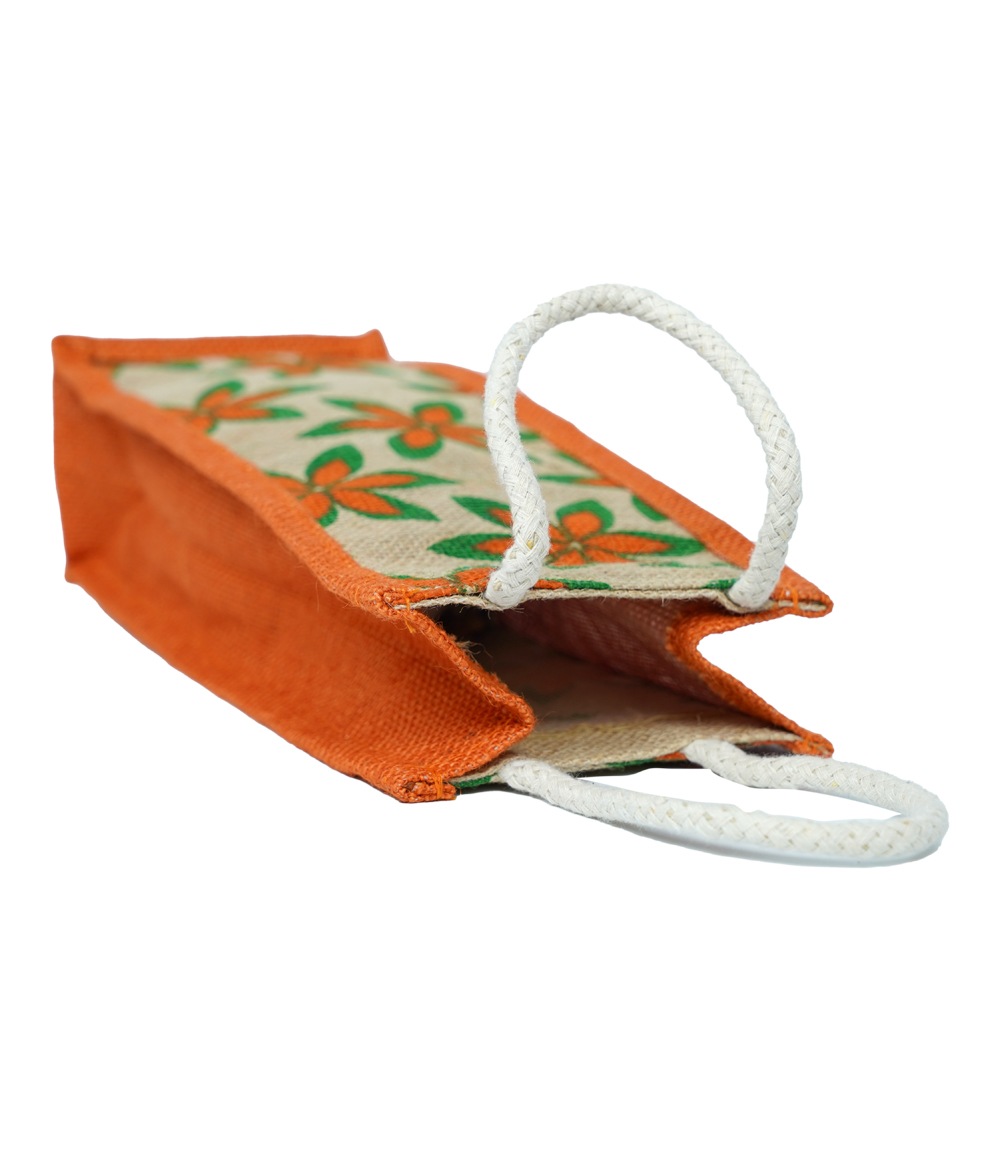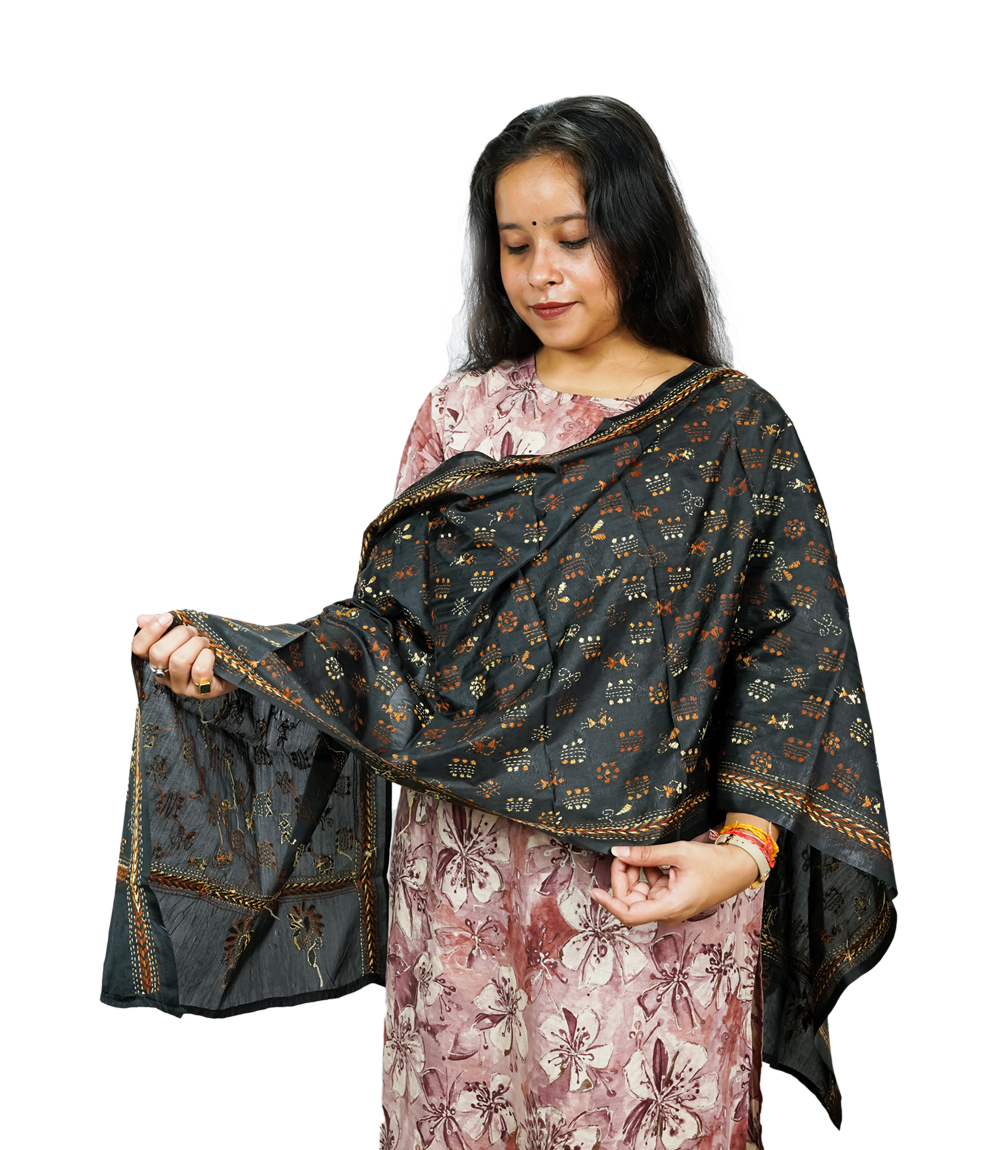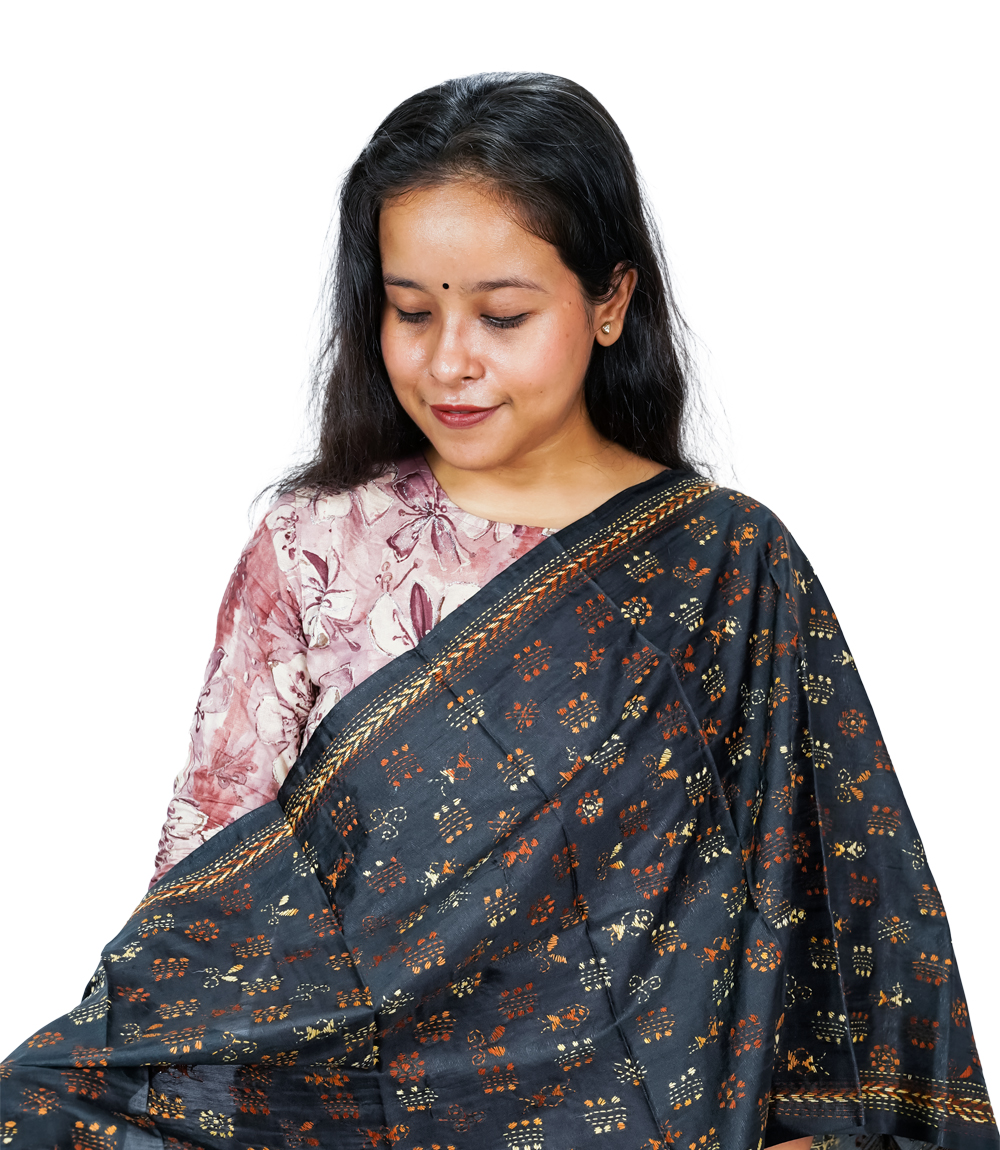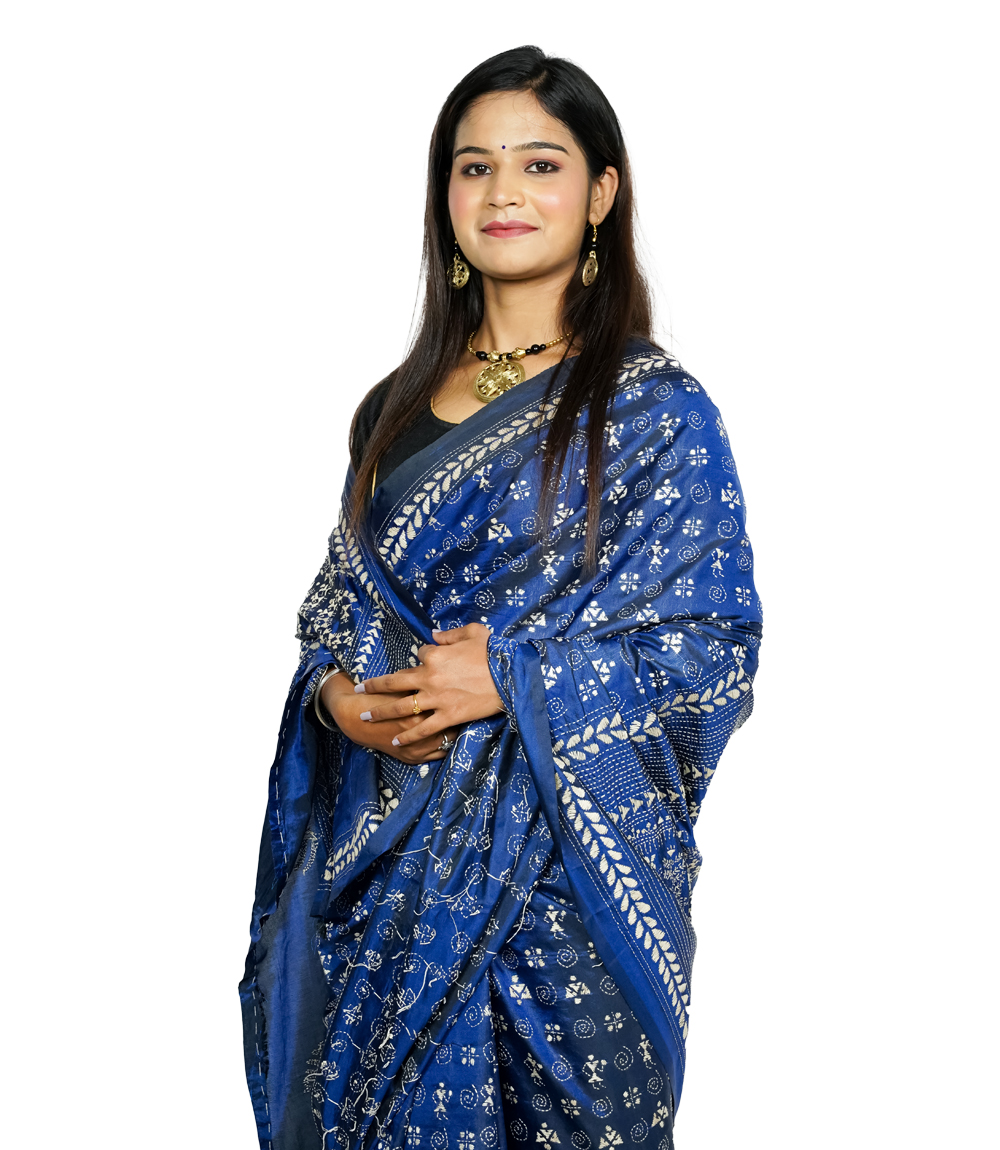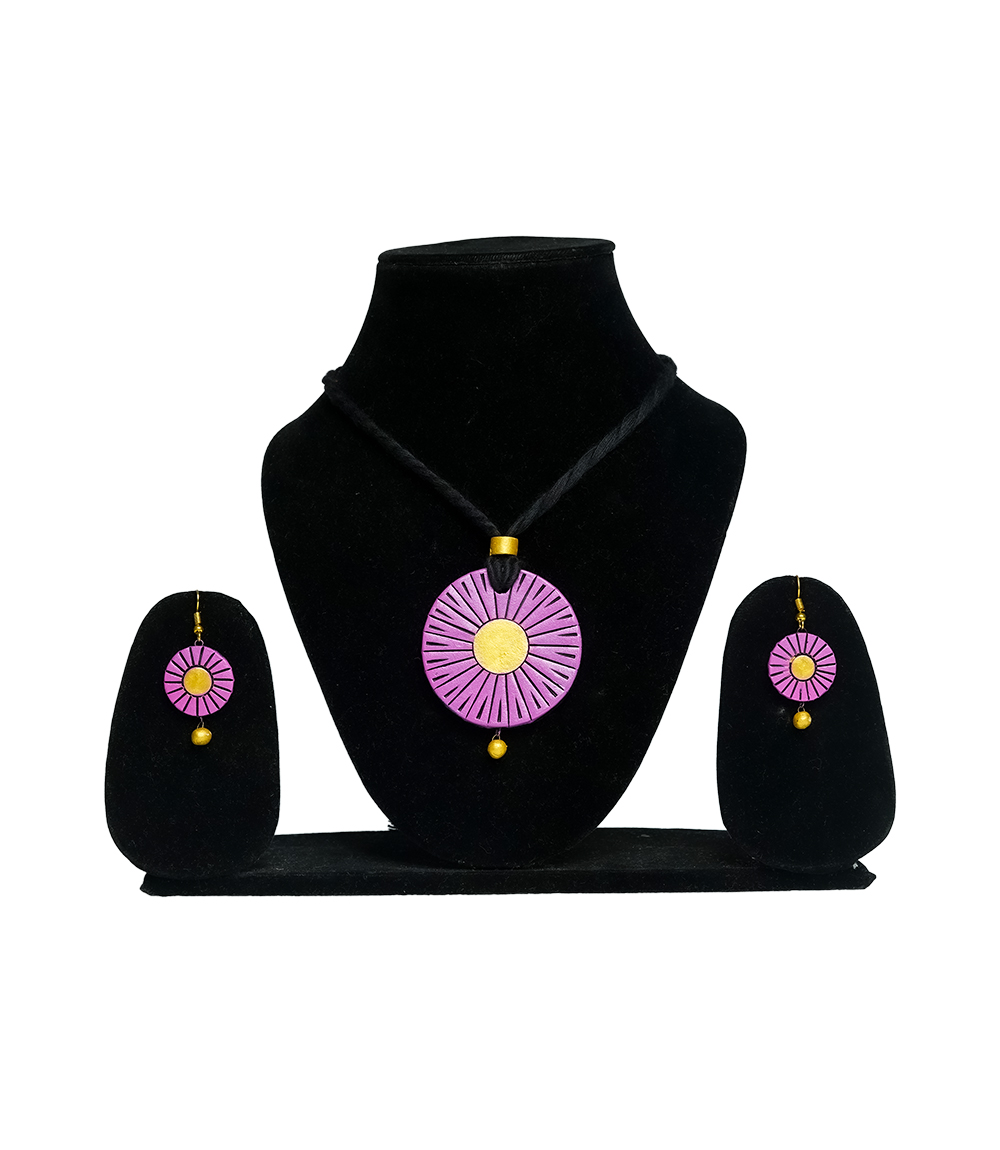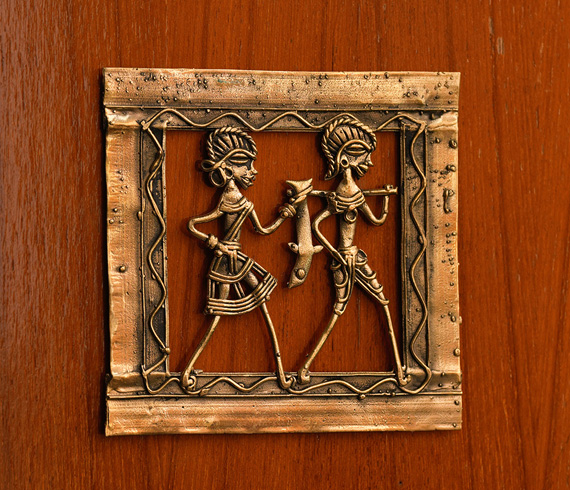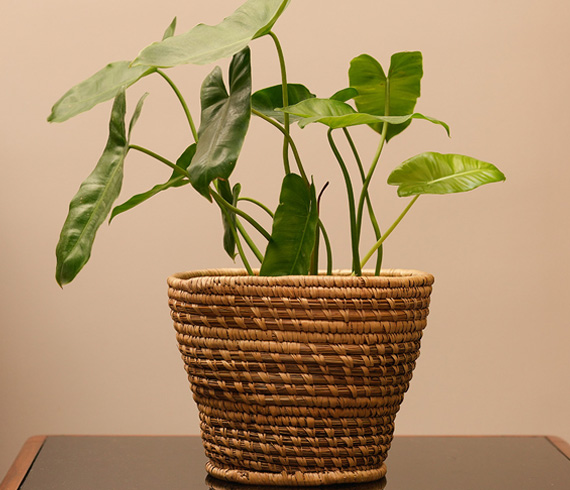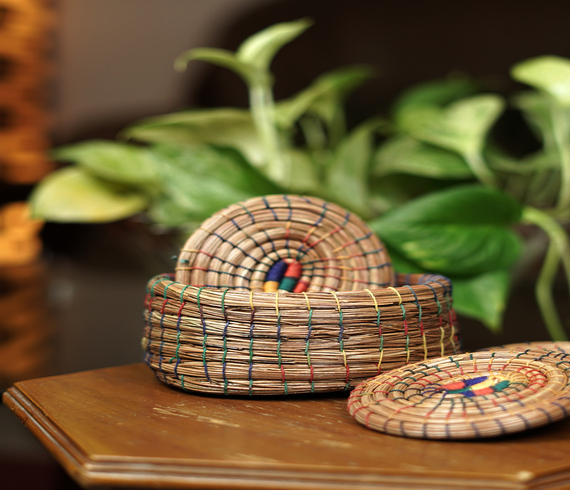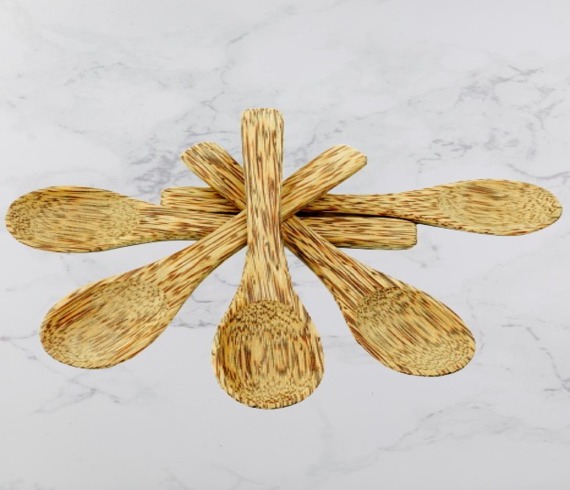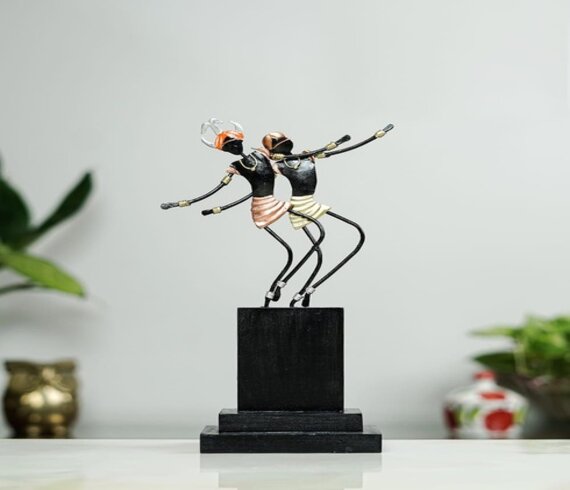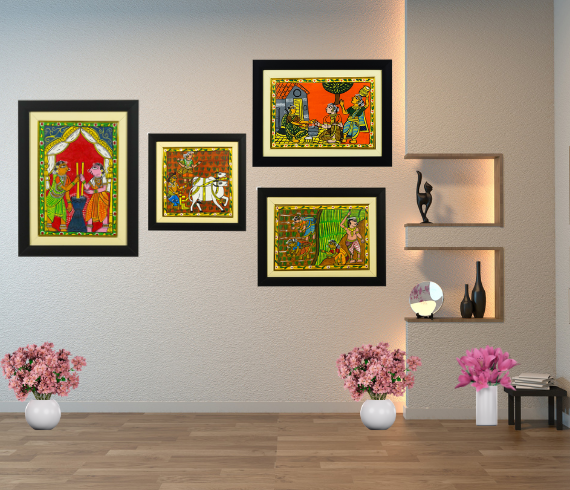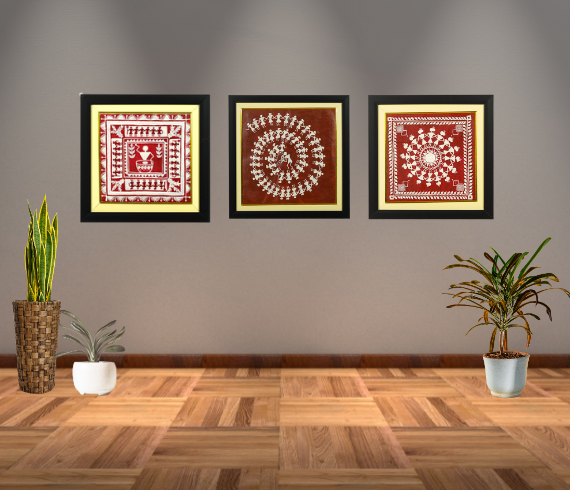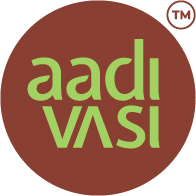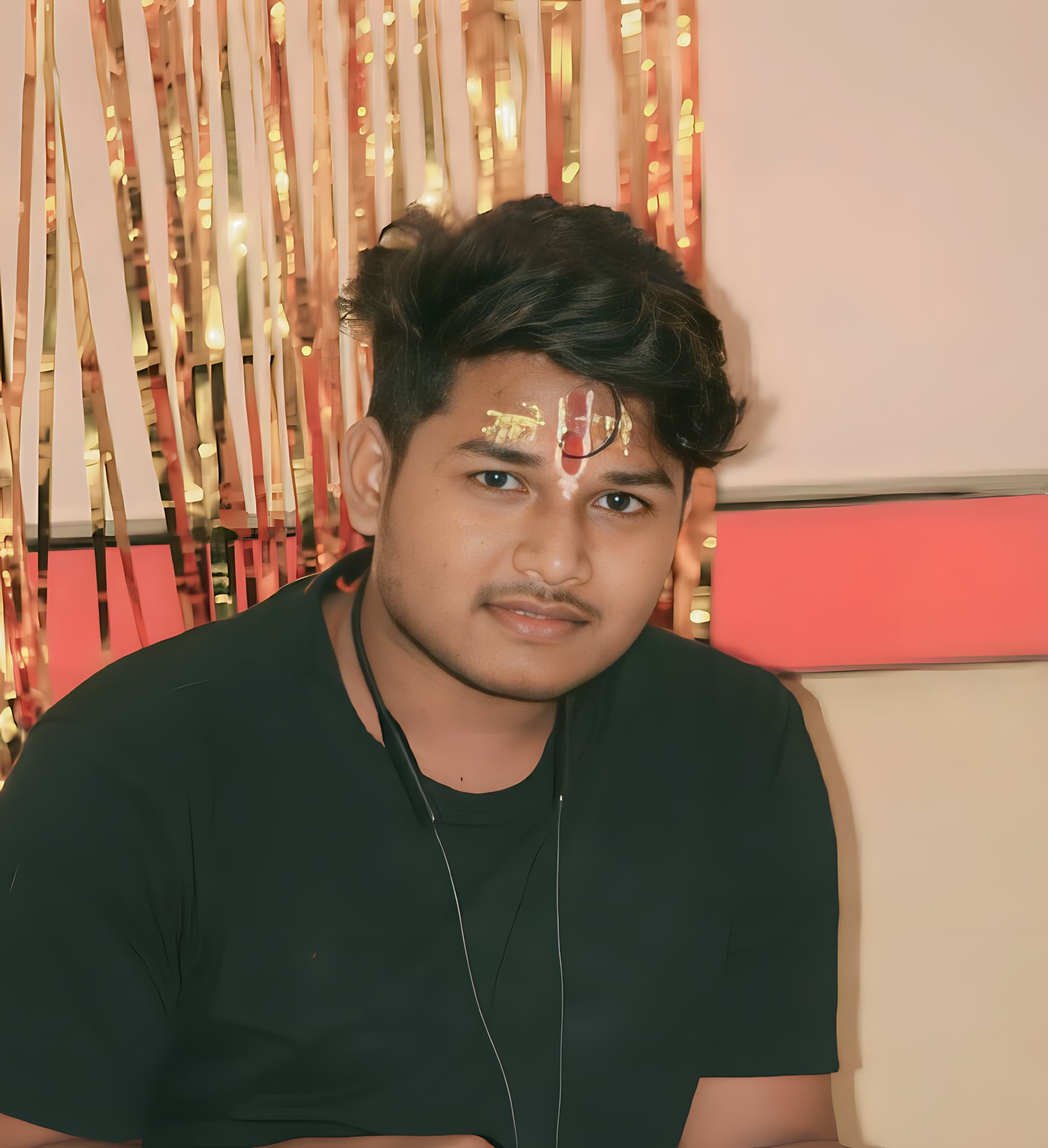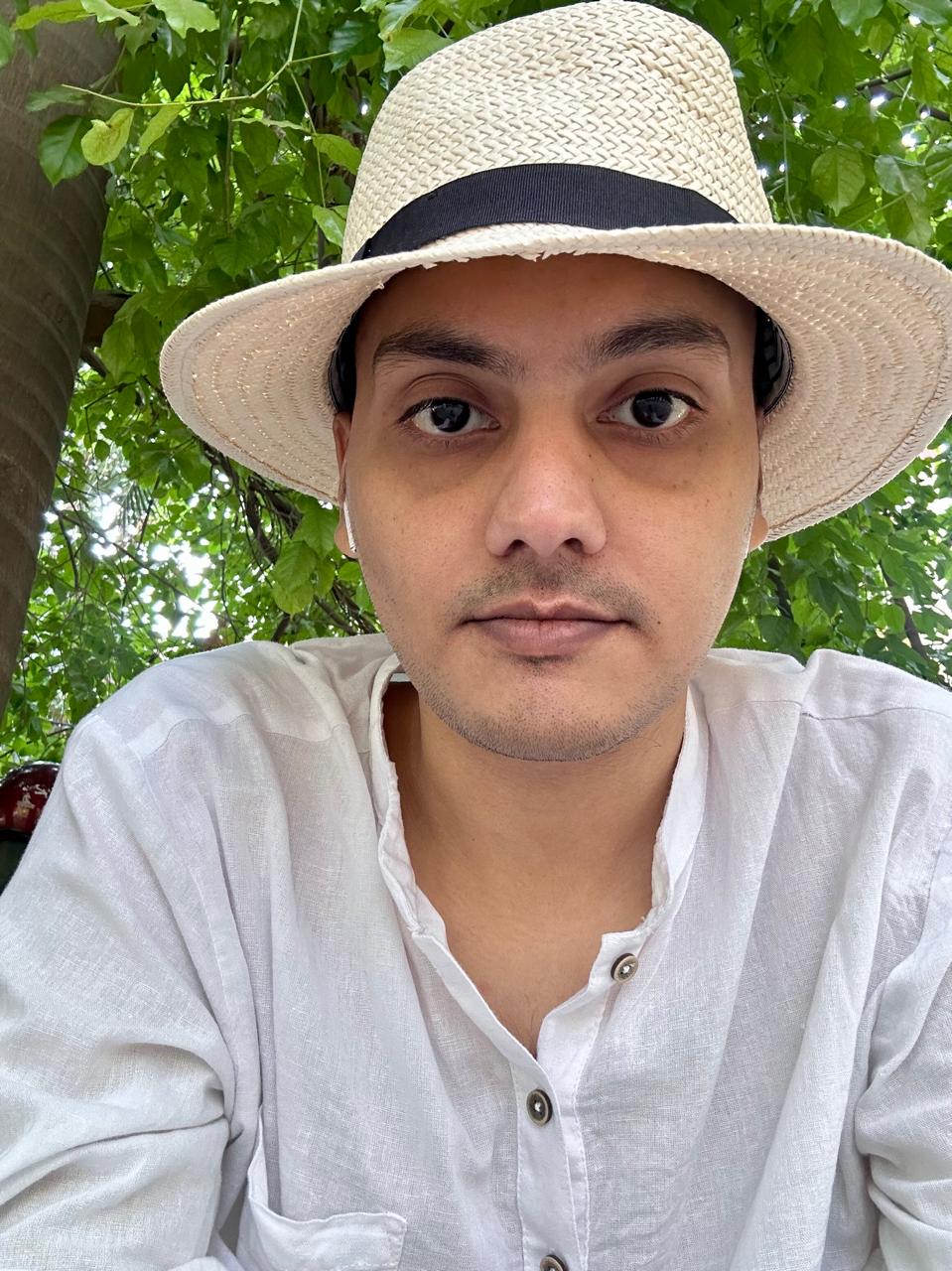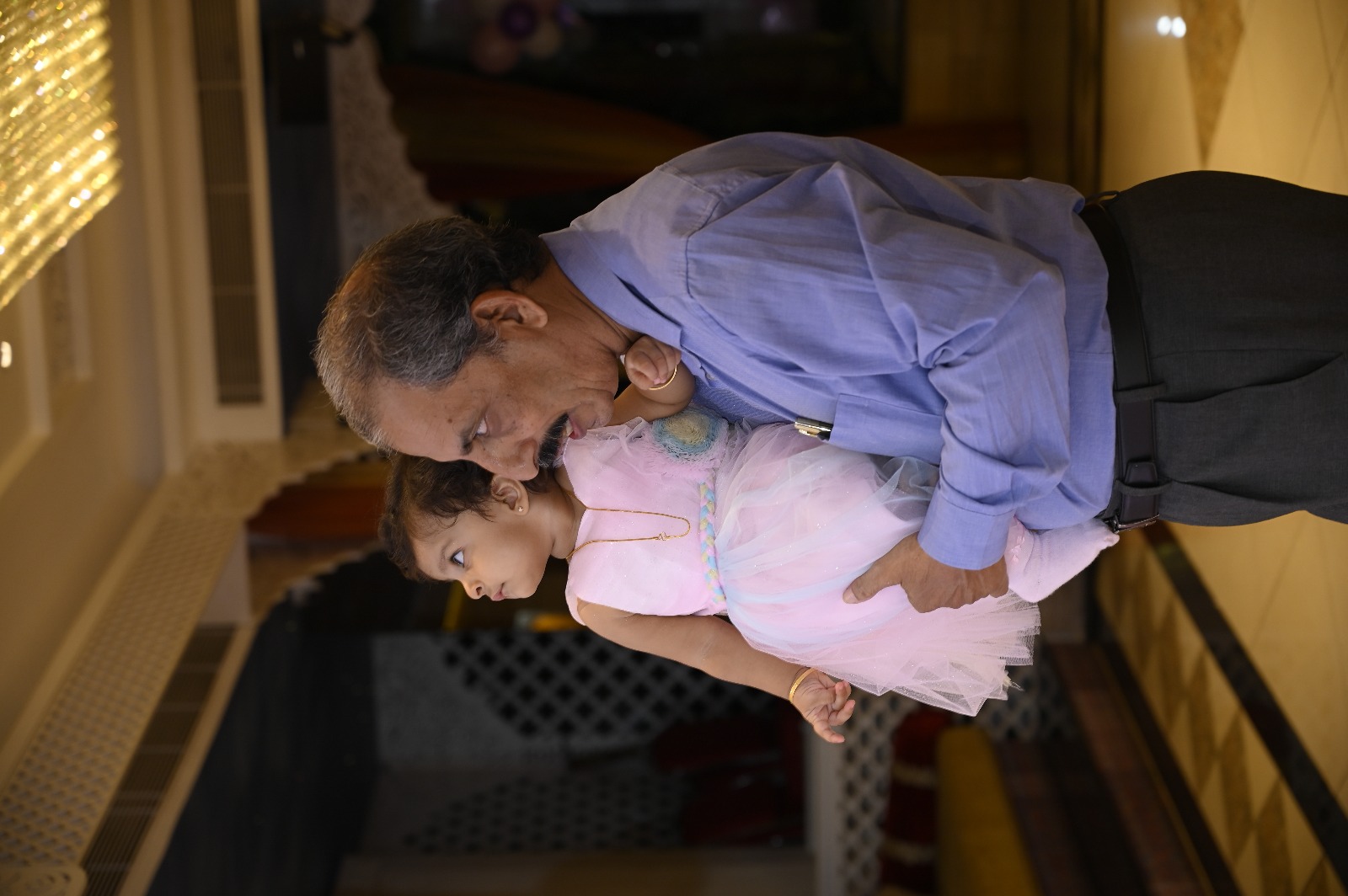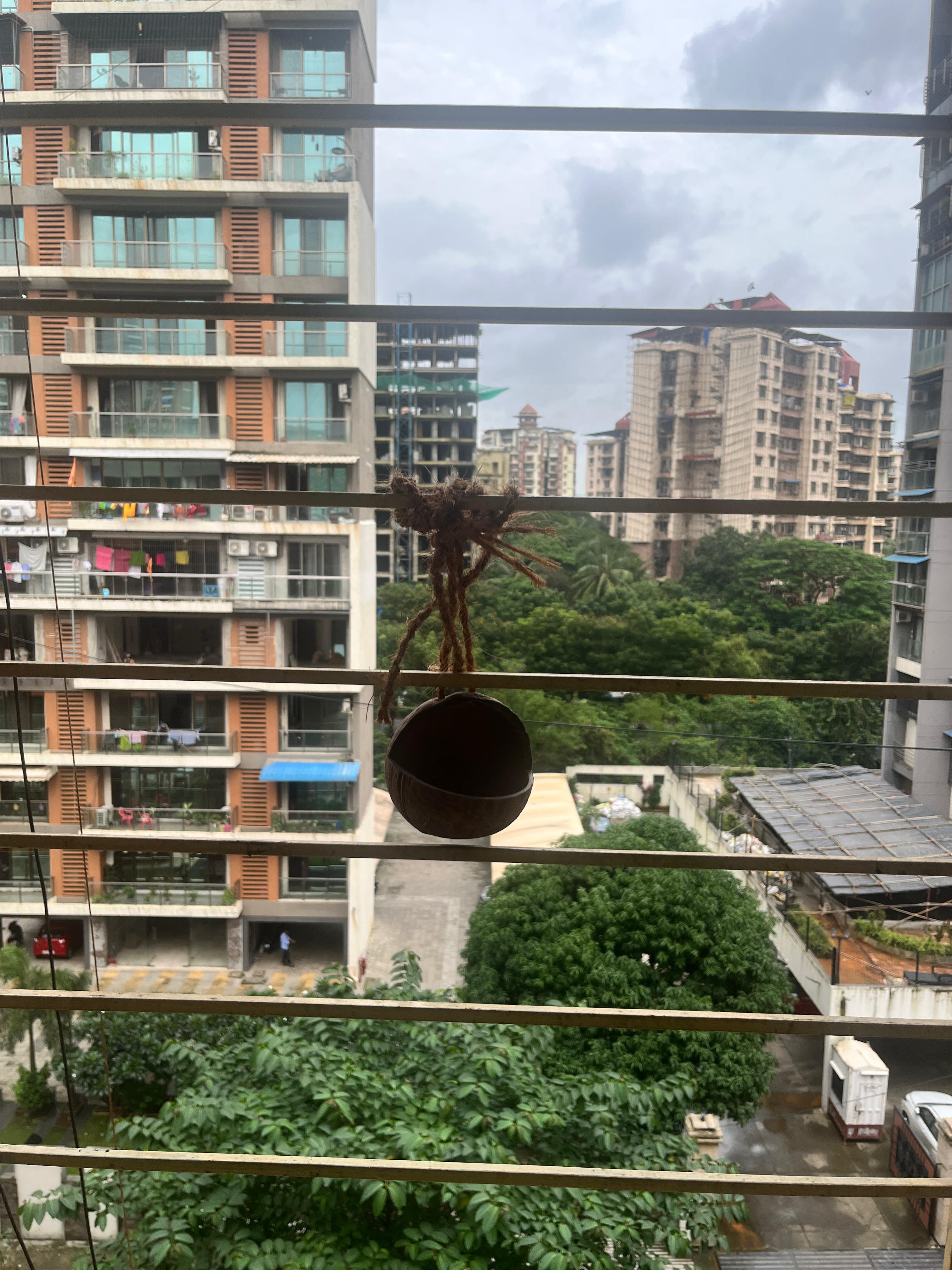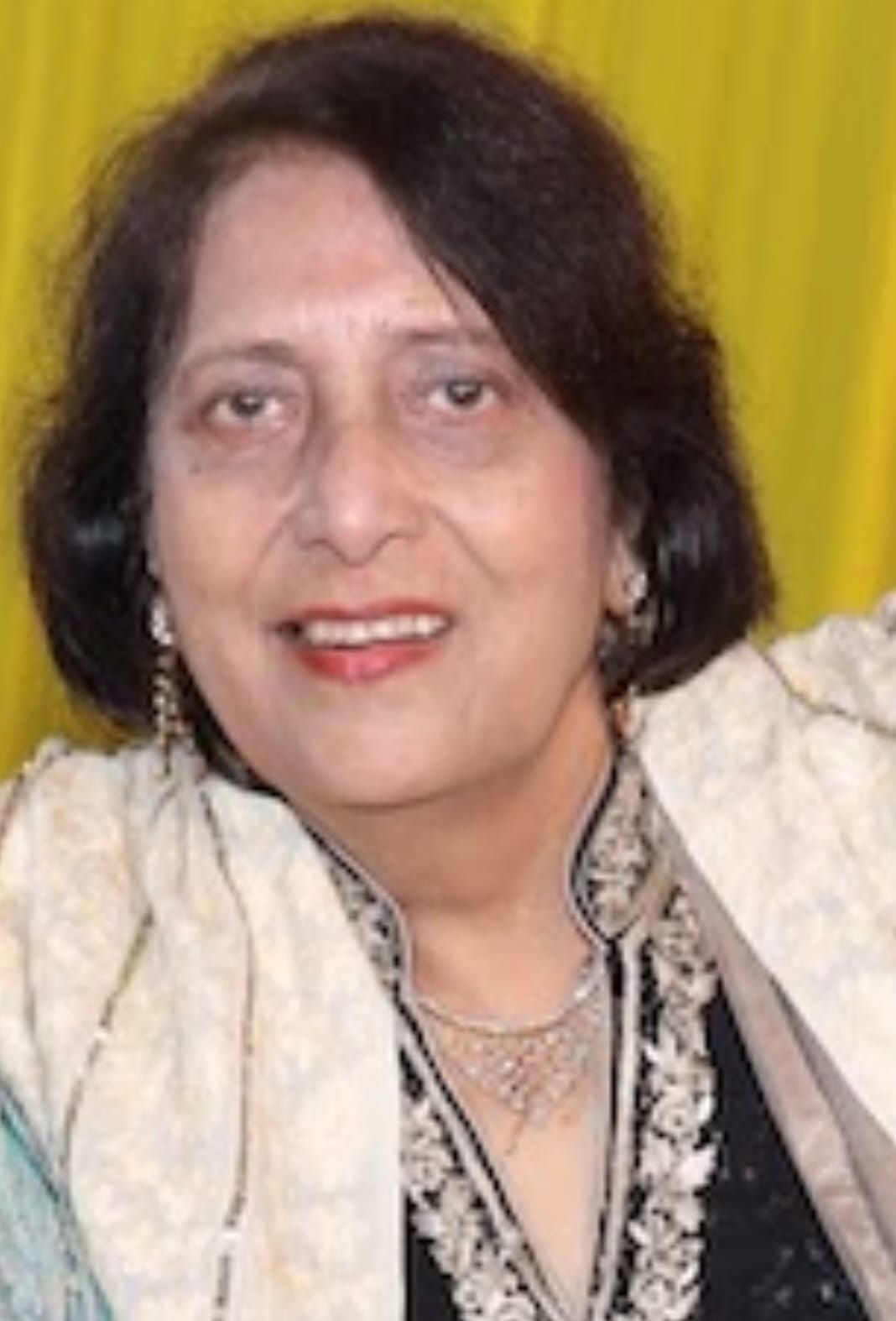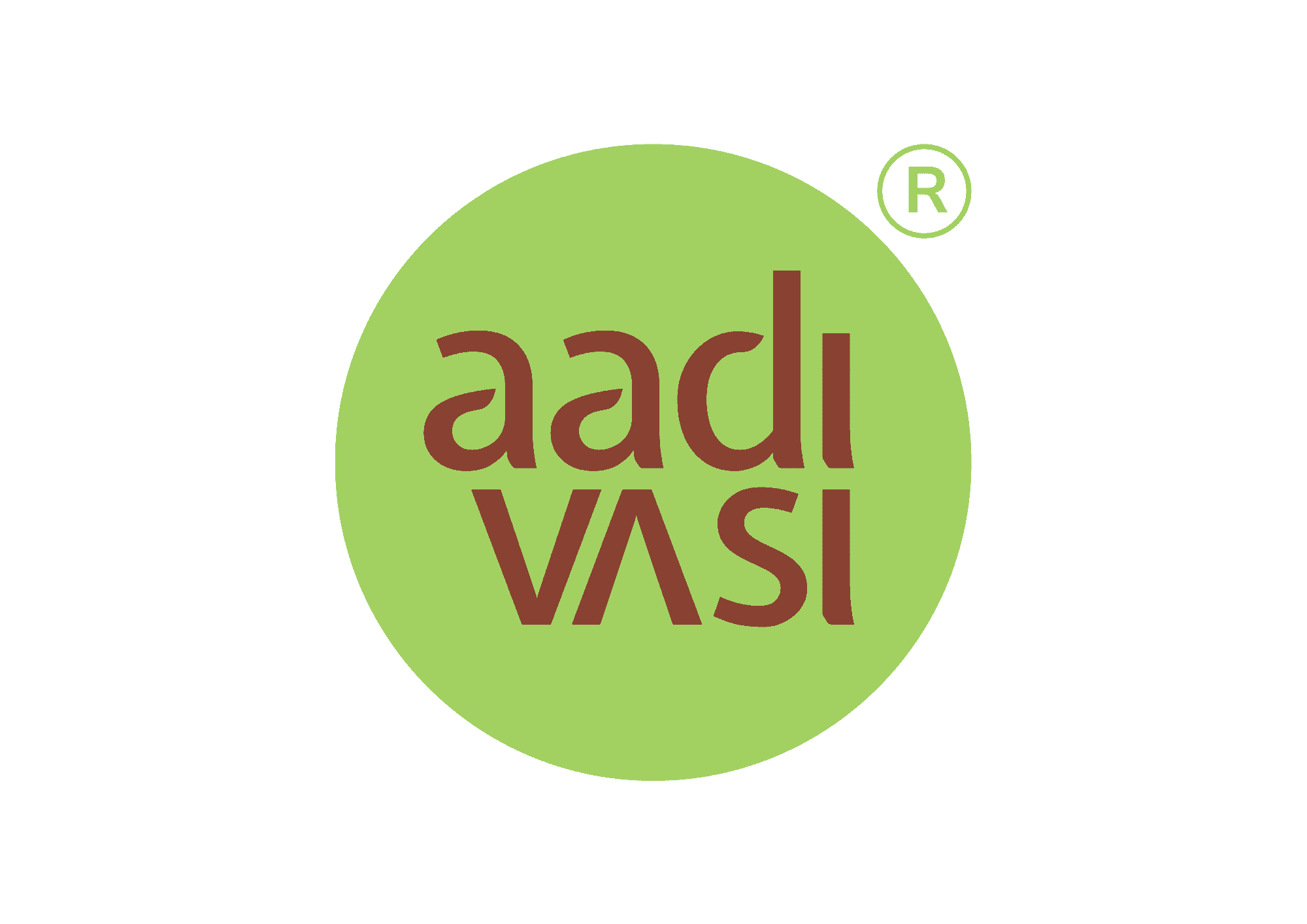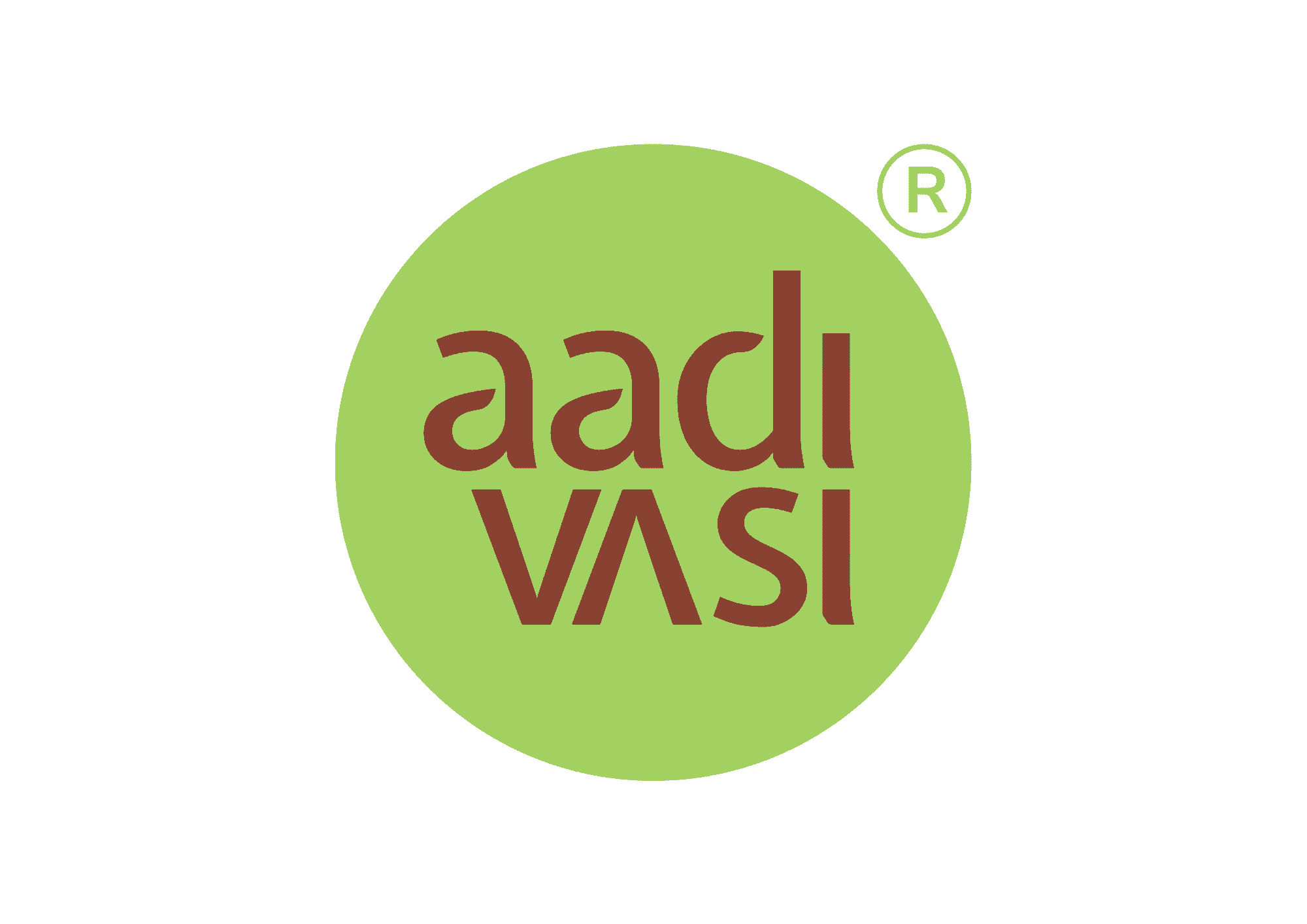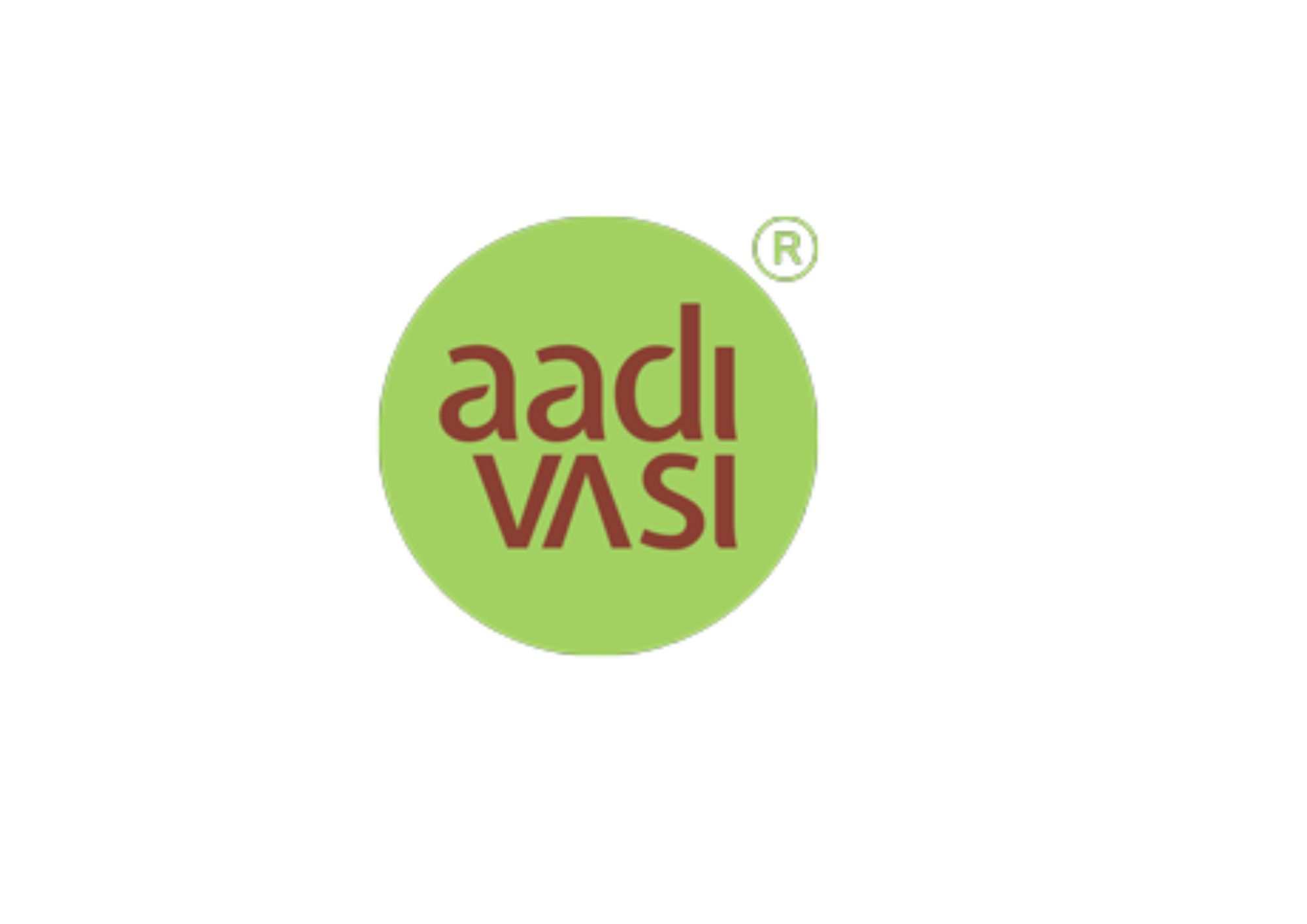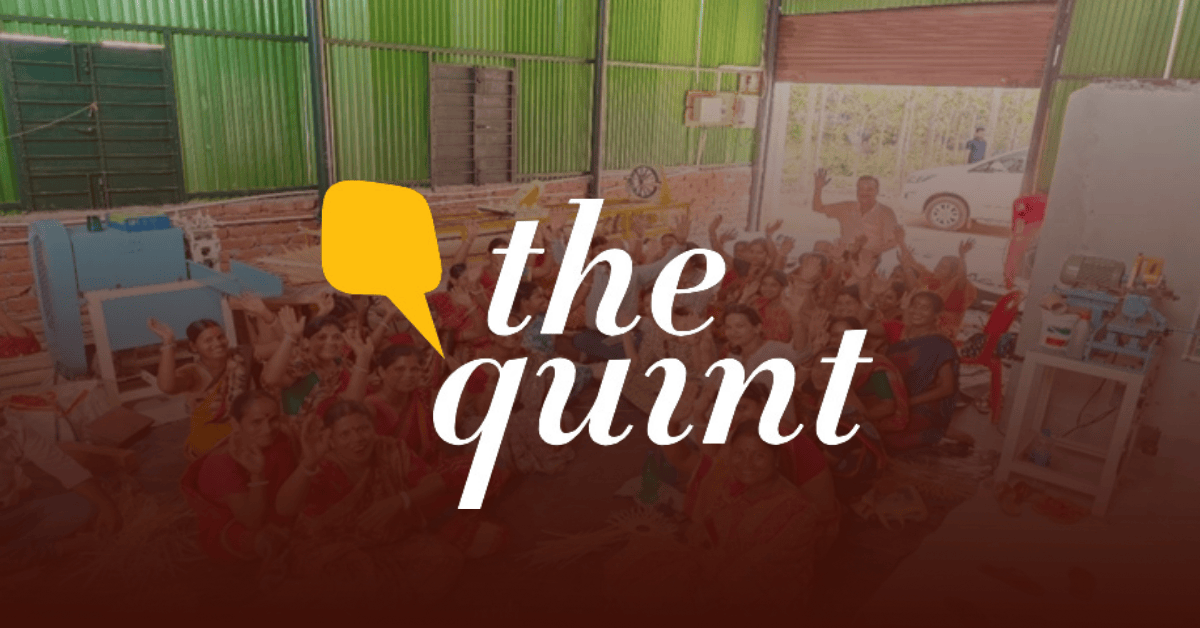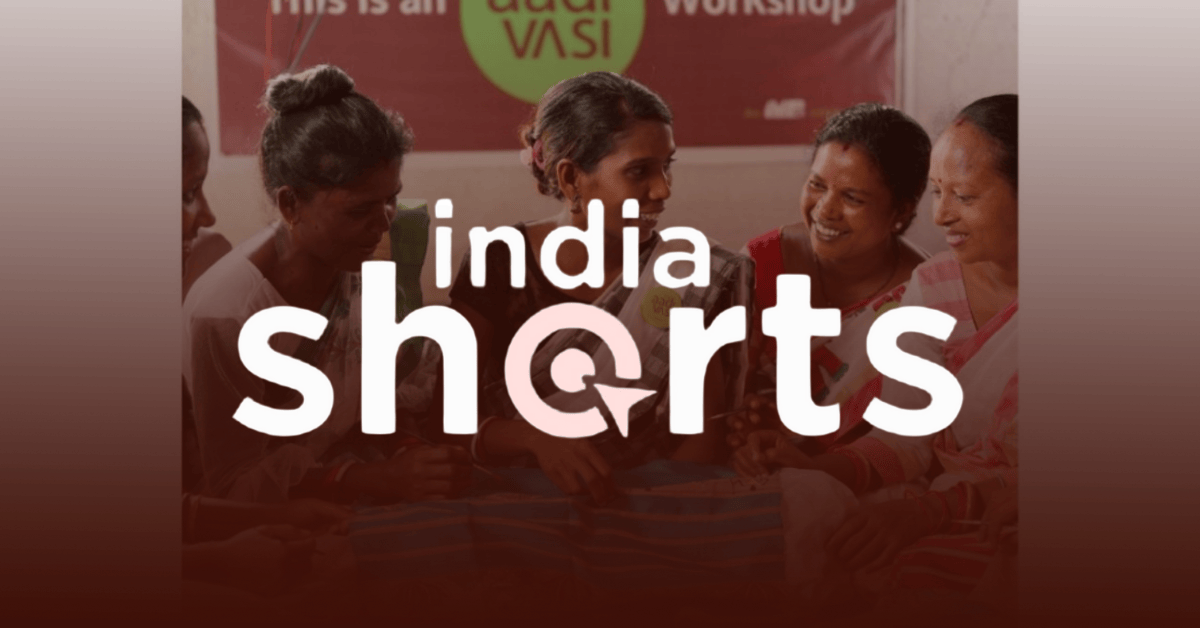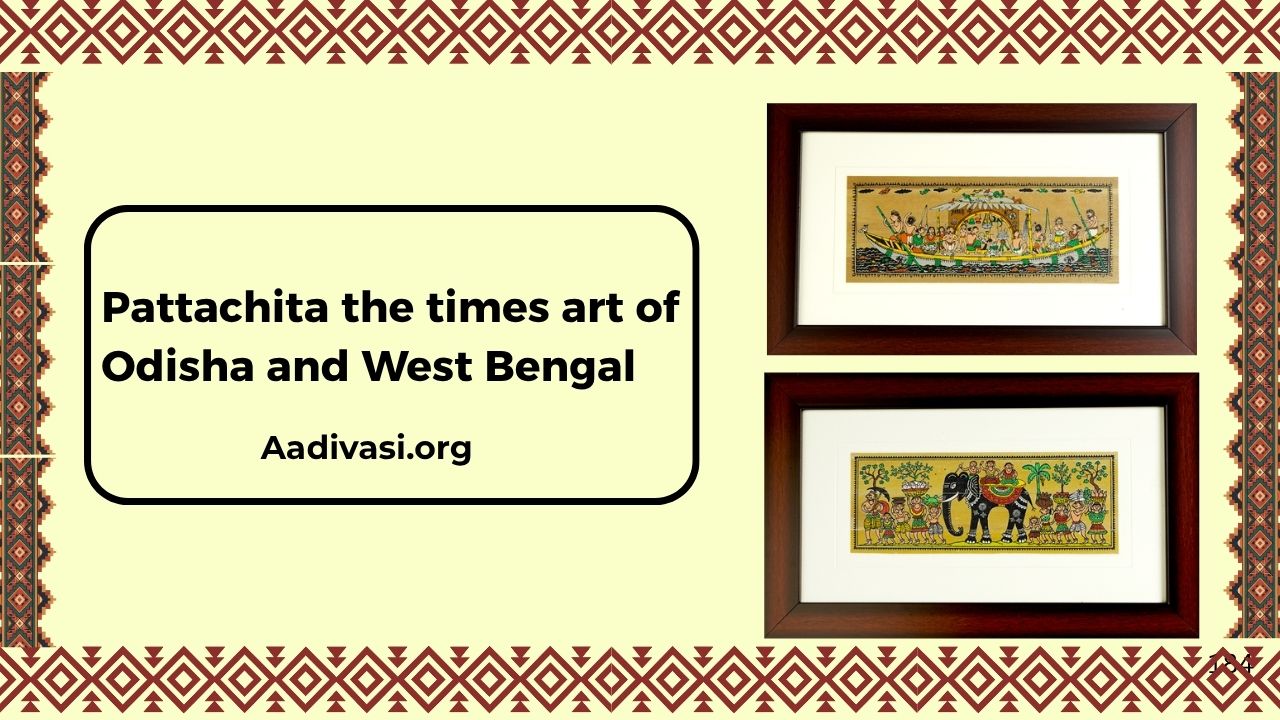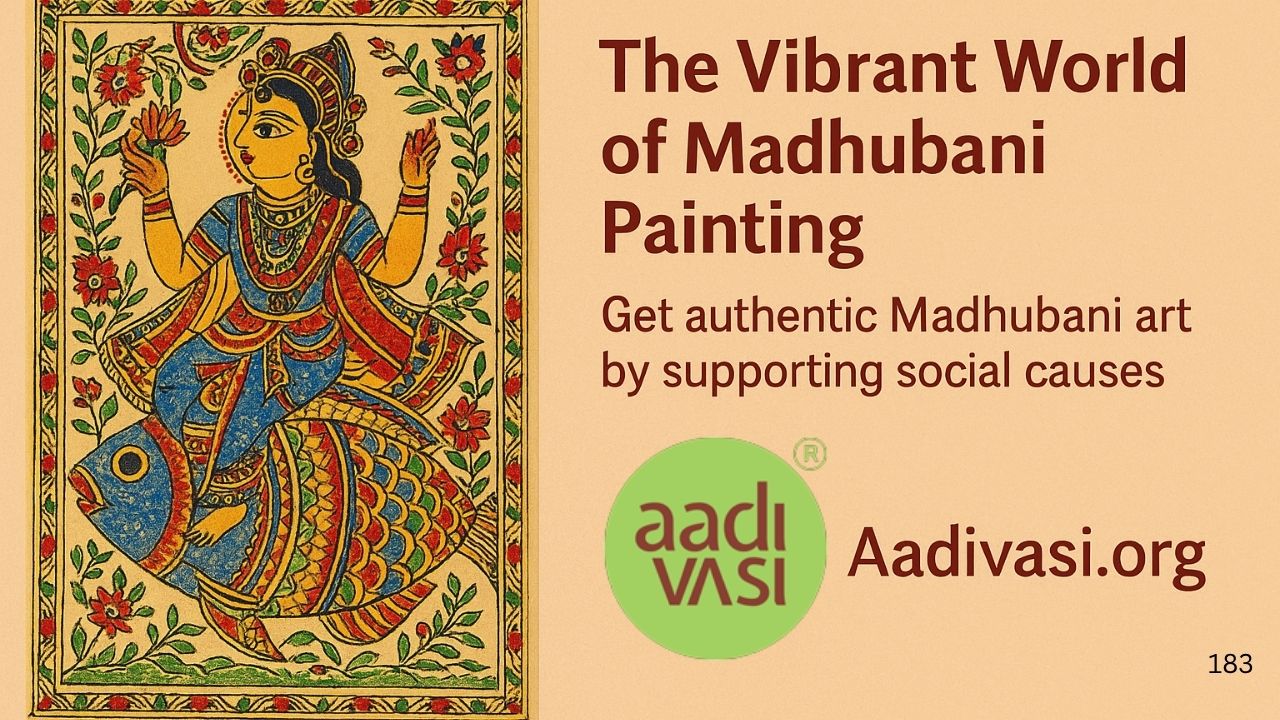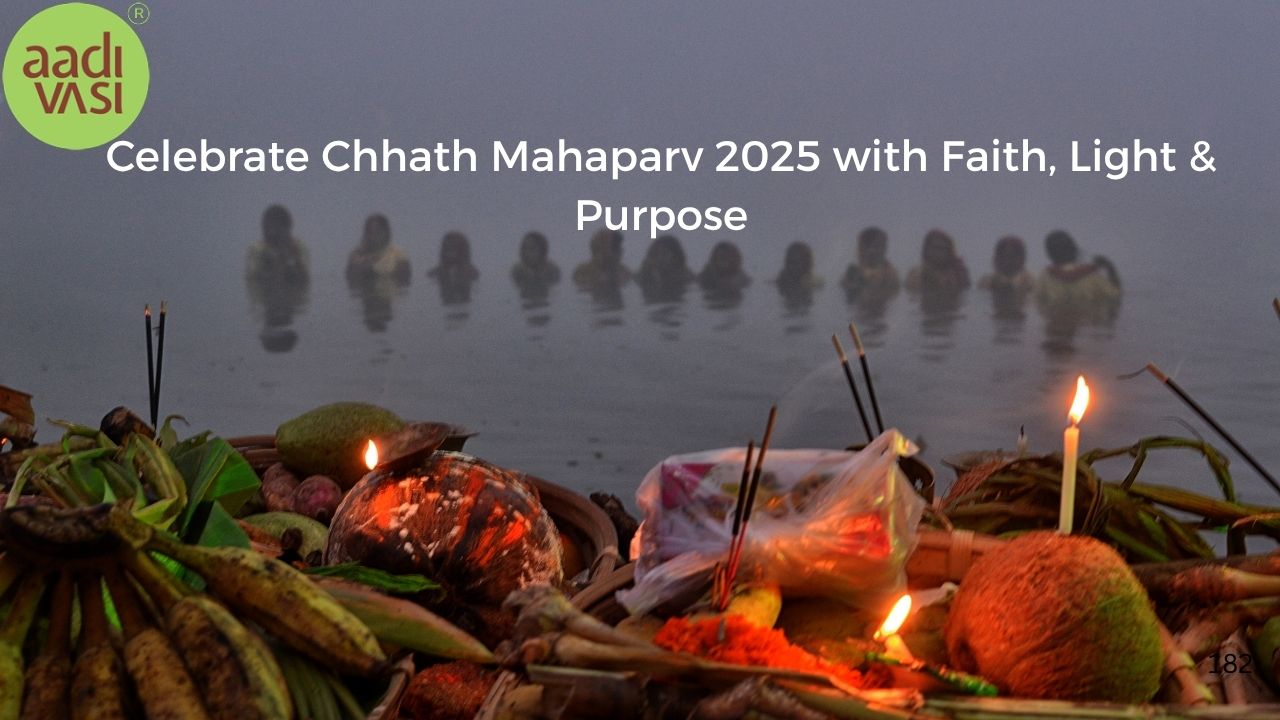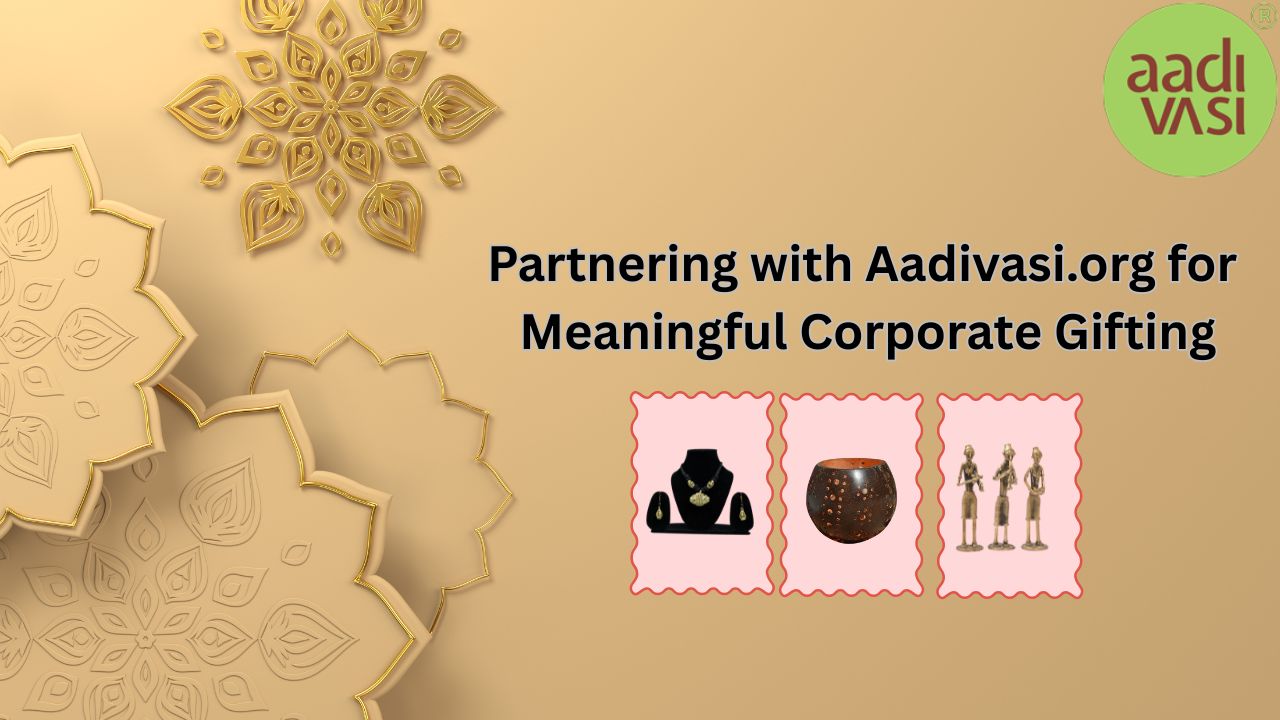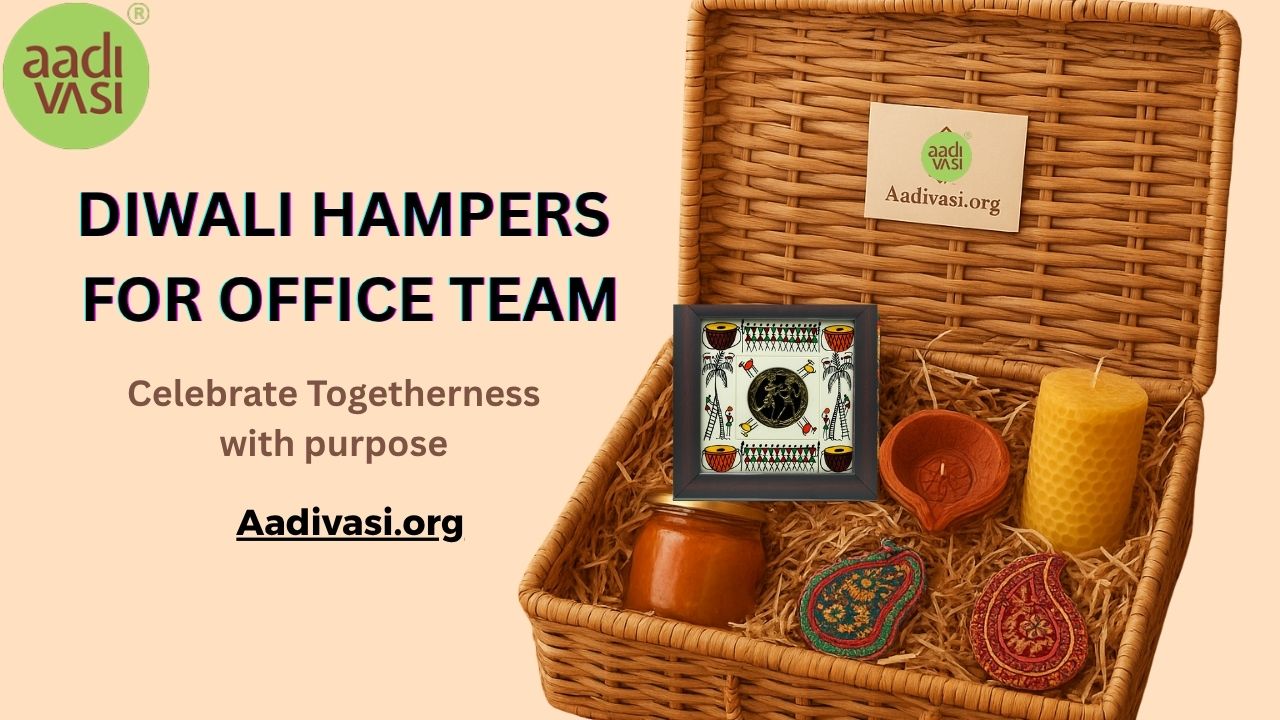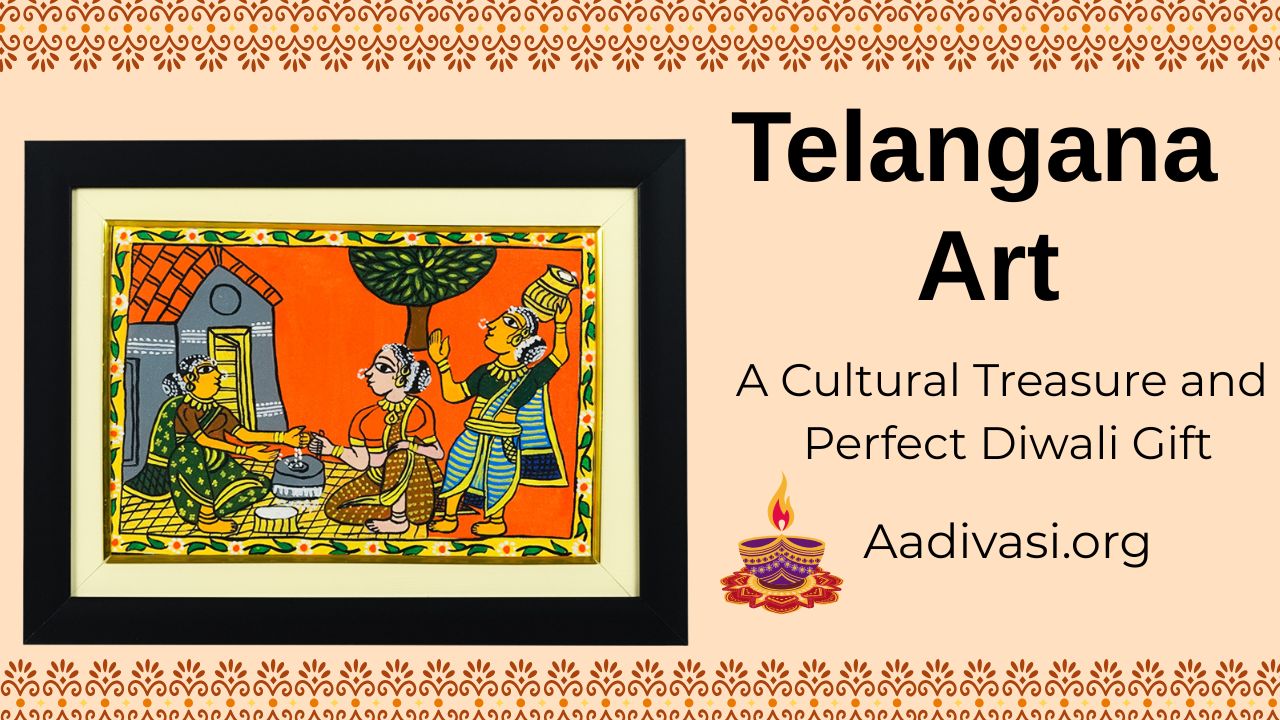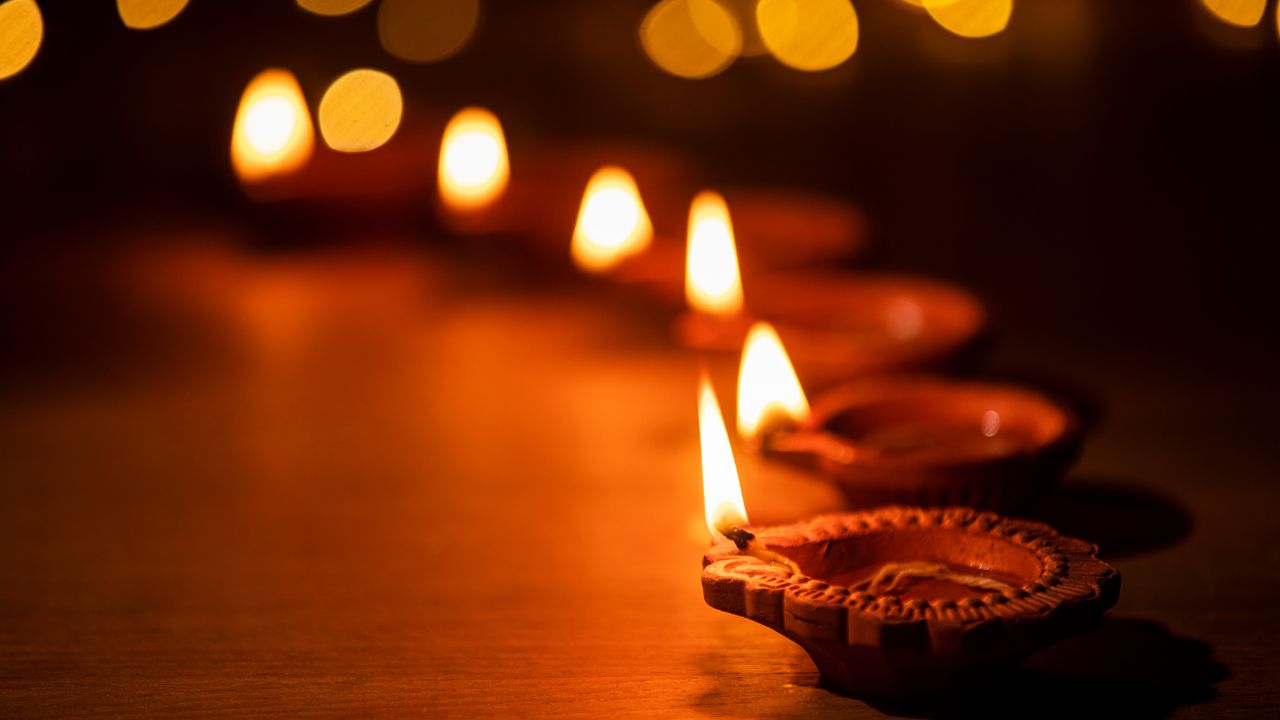When Gifts Grow on Trees: How Aadivasi.org is Redefining Christmas and New Year Gifting
Aadivasi.org is transforming Christmas and New Year gifting by replacing conventional presents with meaningful impact. Instead of buying typical gifts, people can contribute to causes like tree plantation, children’s meals, and tribal welfare — and receive a handcrafted tribal product as a token of gratitude. Each contribution comes with an Impact Certificate, making gifting both personal and purposeful. This unique model supports tribal artisans, promotes sustainability, and turns festive gifting into a gesture that truly creates change.
Latest blogs
Corporate Gifting With a Purpose: Support Tribal Artisans This Christmas & New Year
This Christmas and New Year, make your corporate gifting more meaningful with Aadivasi.org. Choose from beautifully handcrafted products like jute bags, terracotta mugs, handmade diaries, laptop bags and more — all created by talented tribal artisans. Every gift you purchase supports their livelihood and also contributes to causes like tribal children’s education, mid-day meals, tree plantation and women’s hygiene. Do Good, Get Good by gifting your clients something that spreads joy twice — to them and to the artisans who crafted it.
Children’s Day: A Celebration of Joy, Learning, and Hope
Children’s Day celebrates joy, learning, and childhood dreams. This blog highlights how Aadivasi.org helps tribal children through essential causes and how gifting handicrafts can make the day meaningful for your child and a child in need.
Pattachitra Painting: The Timeless Art of Odisha and Bengal
Pattachitra is one of India’s oldest traditional art forms, originating in Odisha and Bengal, known for its intricate detailing, natural colours, and mythological storytelling. This blog explores its rich history, cultural significance, handcrafted process, and how Aadivasi.org empowers tribal artisans by preserving this timeless folk tradition
Madhubani Painting: Heritage Art & Impactful Gifting
Madhubani painting, the traditional art form from the Mithila region of Bihar, reflects nature, mythology, and culture through vibrant colors and intricate patterns. Today, you can support Indian artisans by contributing to causes like mid-day meals, women’s hygiene, and education via Aadivasi.org — and receive beautiful Madhubani art as a heartfelt gift.
Chhath Mahaparv 2025 – Celebrate Faith & Purpose with Handcrafted Gifts from Aadivasi.org
Chhath Mahaparv 2025 is a time of faith, discipline, and gratitude. This year, celebrate with deeper meaning by supporting social causes through Aadivasi.org — from children’s education to women’s hygiene and tree plantation. As a token of appreciation, receive a handcrafted gift and explore elegant Kantha Stitch Sarees perfect for gifting Vratis during Chhath Puja
Diwali Gifts for Employees Under 500 – Budget-Friendly Yet Memorable
Every HR manager and business owner faces the same question during Diwali – What can we give employees that feels meaningful but still fits the budget? If you are searching for Diwali gifts for employees under 500, you are not alone. This is one of the most popular queries during the festive season, especially for companies with large teams. The good news is that affordable does not have to mean boring or ordinary.
Diwali Hampers for Office Team – Celebrate Togetherness with Purpose
Diwali is not just a festival of lights, it is also the season of gratitude at the workplace. Companies across India look for the best Diwali hampers for office teams to celebrate togetherness and boost morale. But the challenge is real – how do you choose hampers that feel personal, unique and useful, while also fitting the budget?
Telangana Art – A Cultural Treasure and Perfect Diwali Gift
India’s cultural landscape is rich with timeless traditions, and one of the most unique among them is Telangana art handicrafts. This ancient art form is more than just a craft—it is a living expression of history, folklore, mythology, and village life. With deep roots in storytelling, Telangana village art continues to celebrate creativity, heritage, and culture across generations.Telangana art originates from the state of Telangana in southern India, where dedicated artisan communities in rural villages have preserved it for centuries. The art form thrives today as artisans continue to follow traditional techniques, ensuring that the legacy of Telangana’s Cheriyal Scroll Painting and other handicrafts remains alive.
Diwali Gift Item for Employees – Thoughtful Choices for 2025
When Diwali arrives, one of the biggest questions for HR teams and company heads is – What should we give employees this year? The right Diwali gift item for employees is more than just a festive gesture. It is a way of saying thank you, building loyalty, and showing that the organization values its people.
Bulk Diwali Gifts for Clients – Instant, Meaningful and Hassle-Free
Every Diwali, businesses search for bulk Diwali gifts for clients that are memorable, cost-effective and easy to arrange at scale. The challenge often begins when it’s already the festive week and most options are either sold out or too generic. That’s where Aadivasi.org steps in with a fresh and innovative model that makes corporate Diwali gifting simple, sustainable and impactful—even at the last minute.


